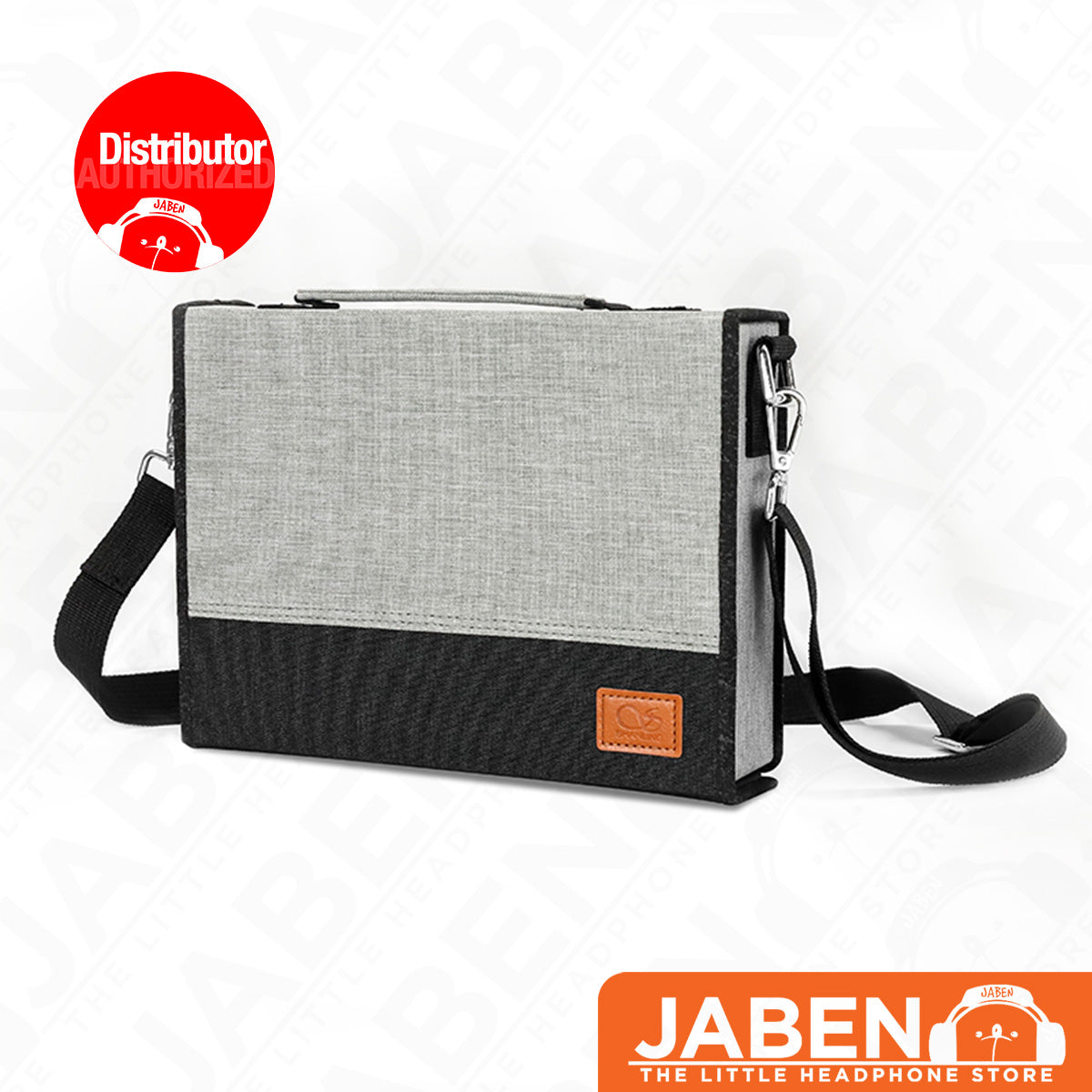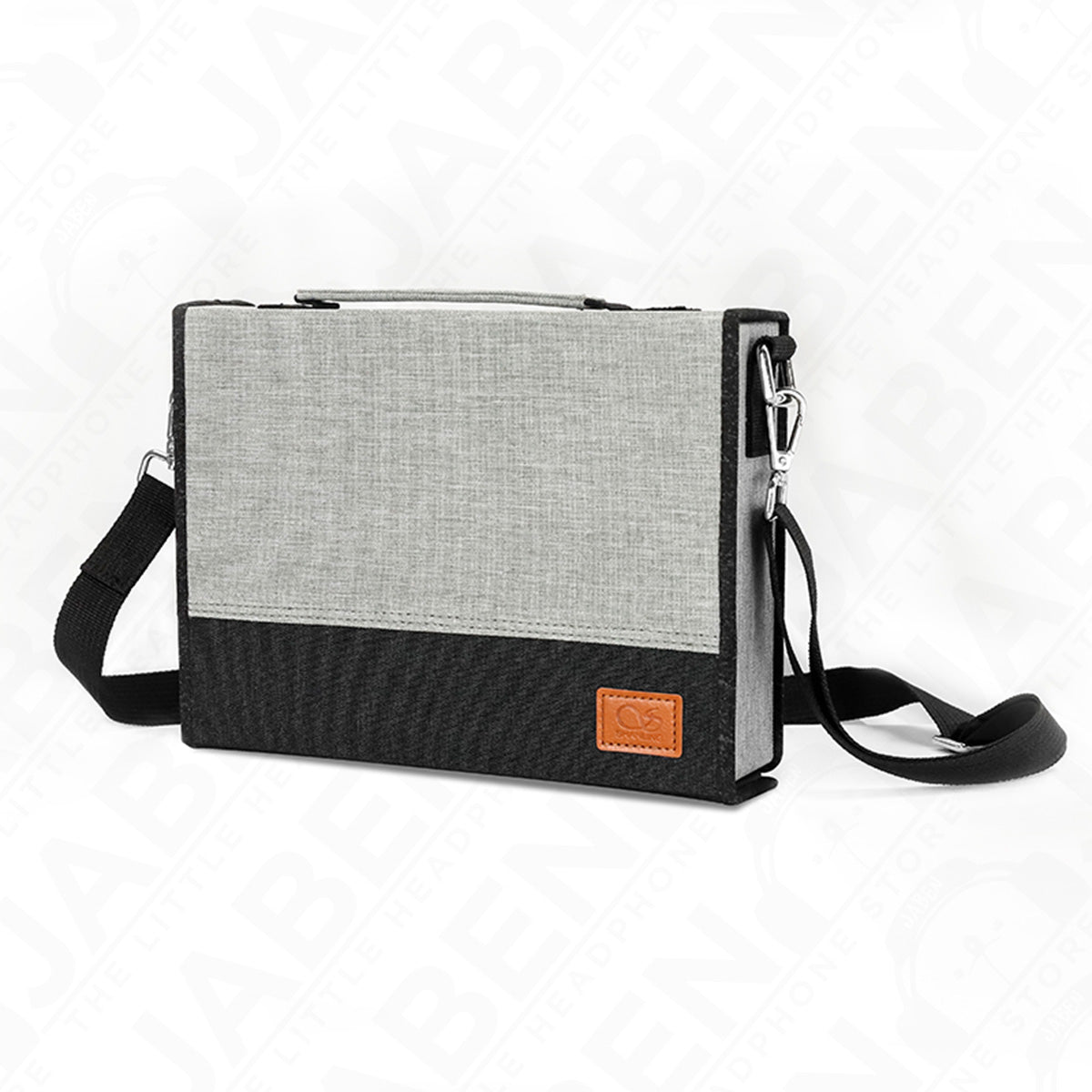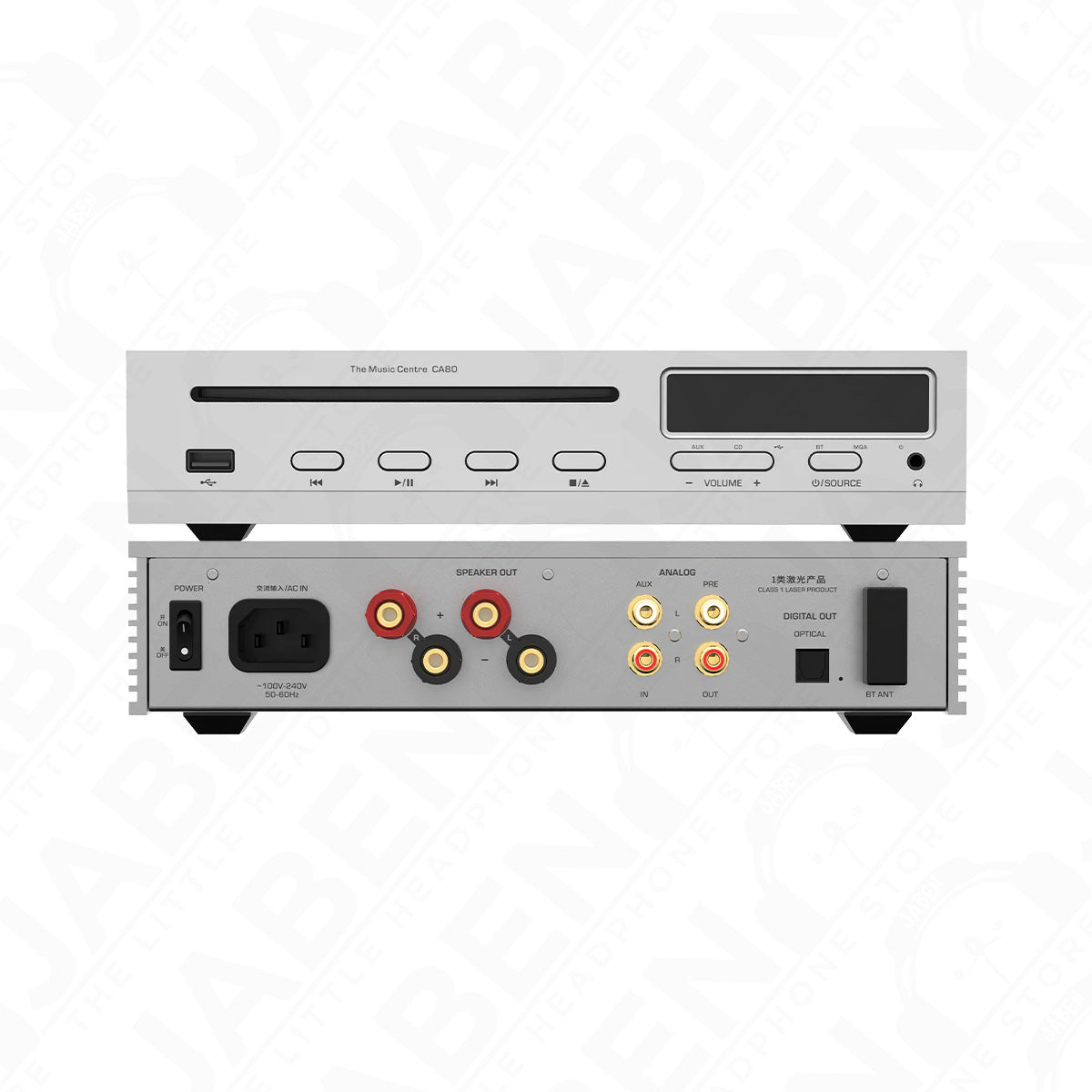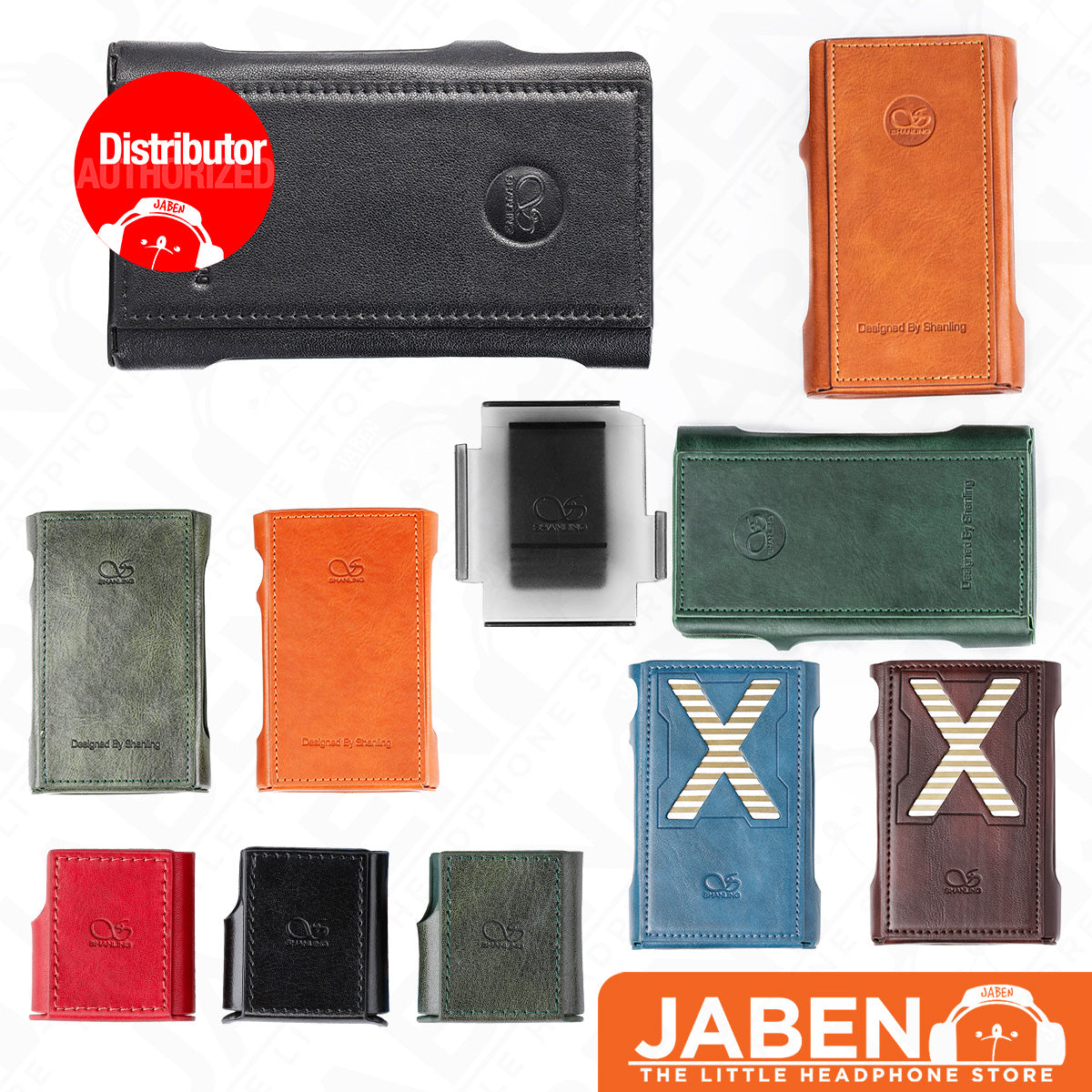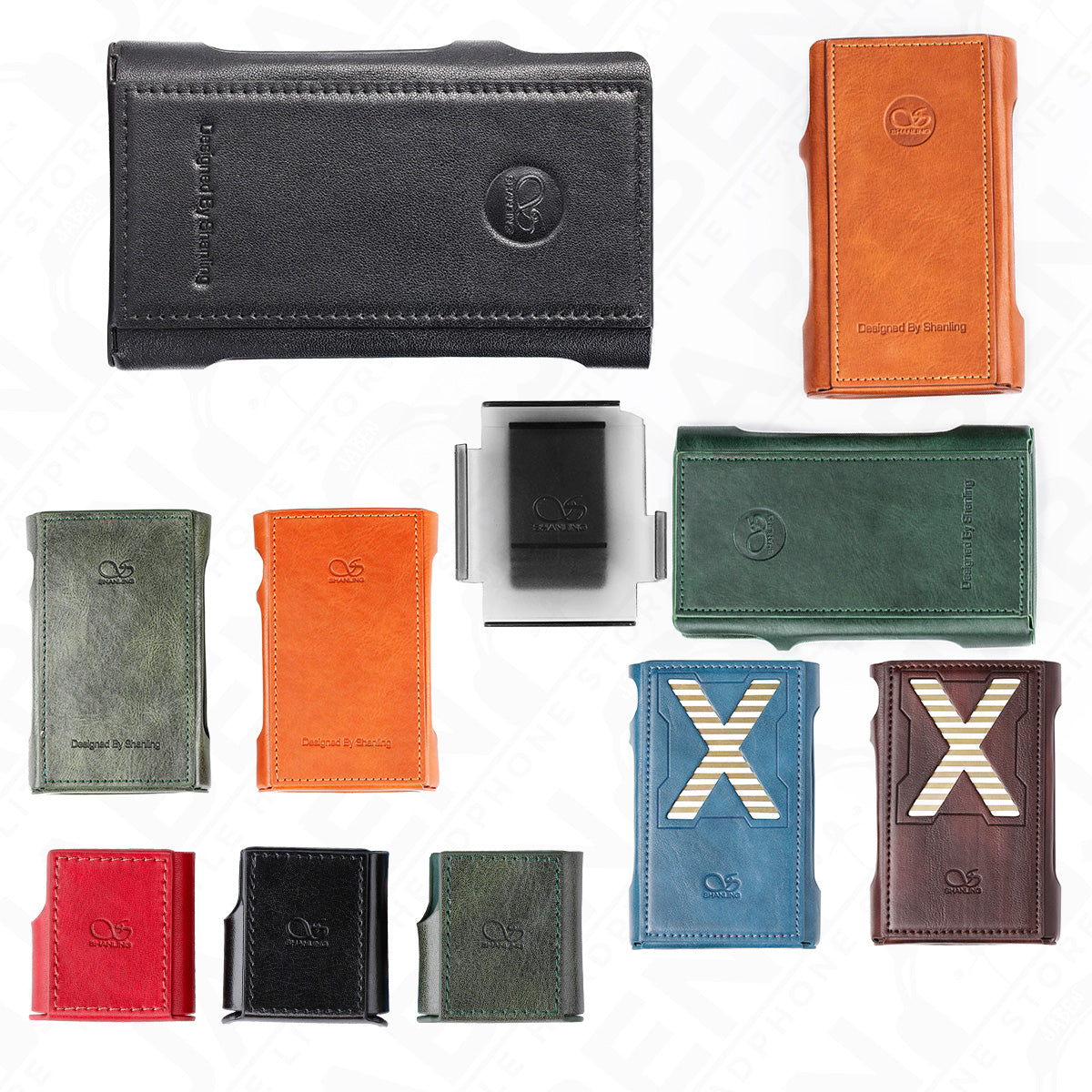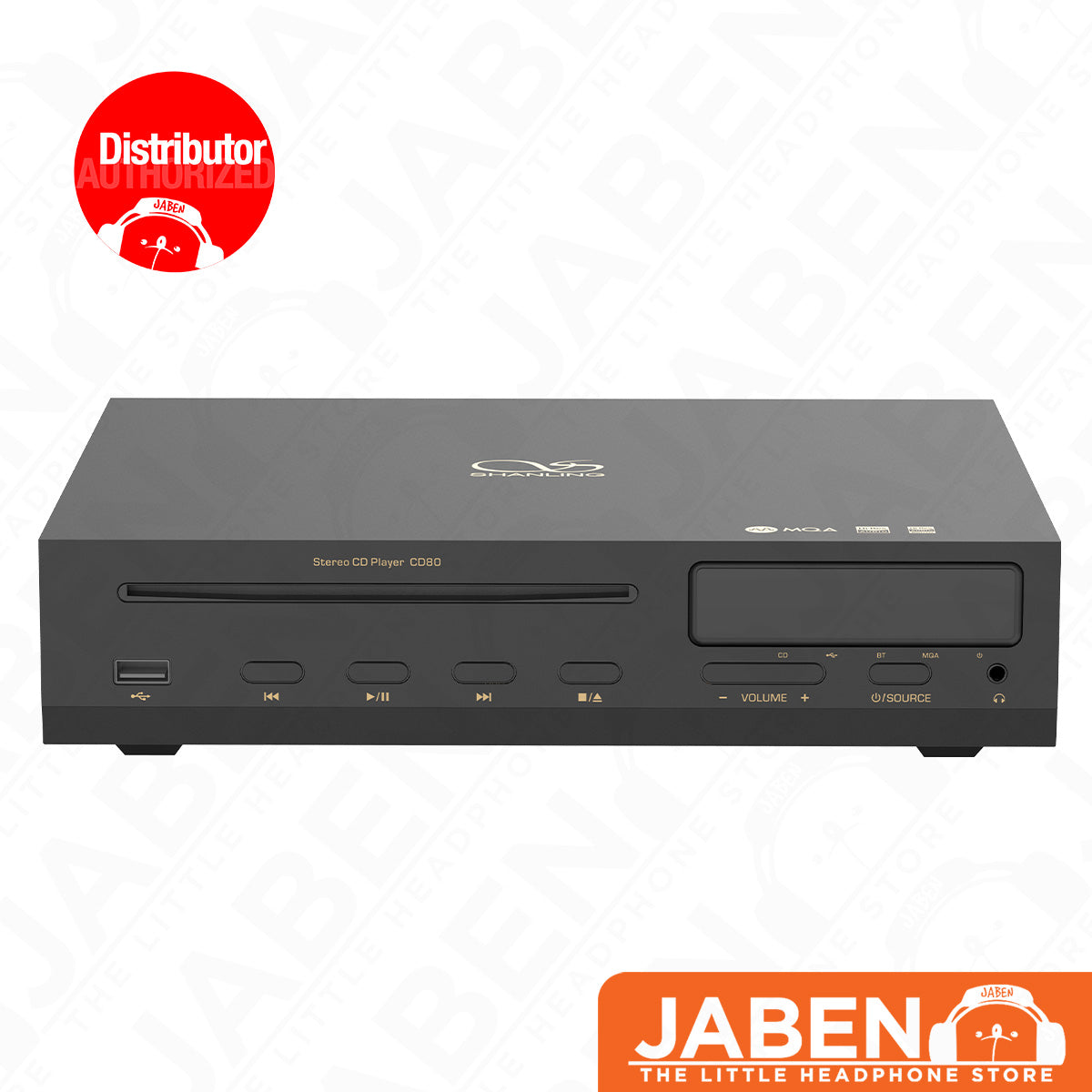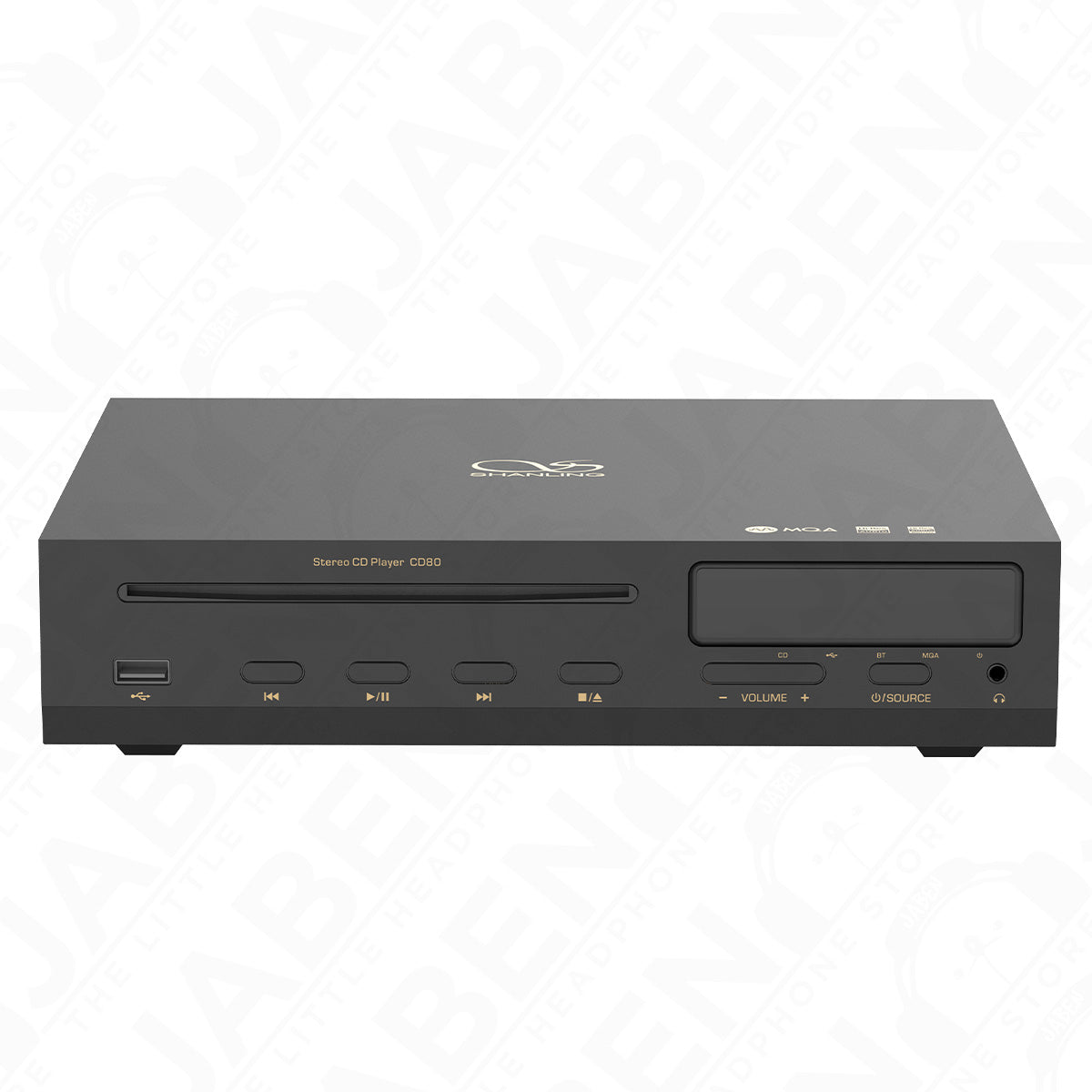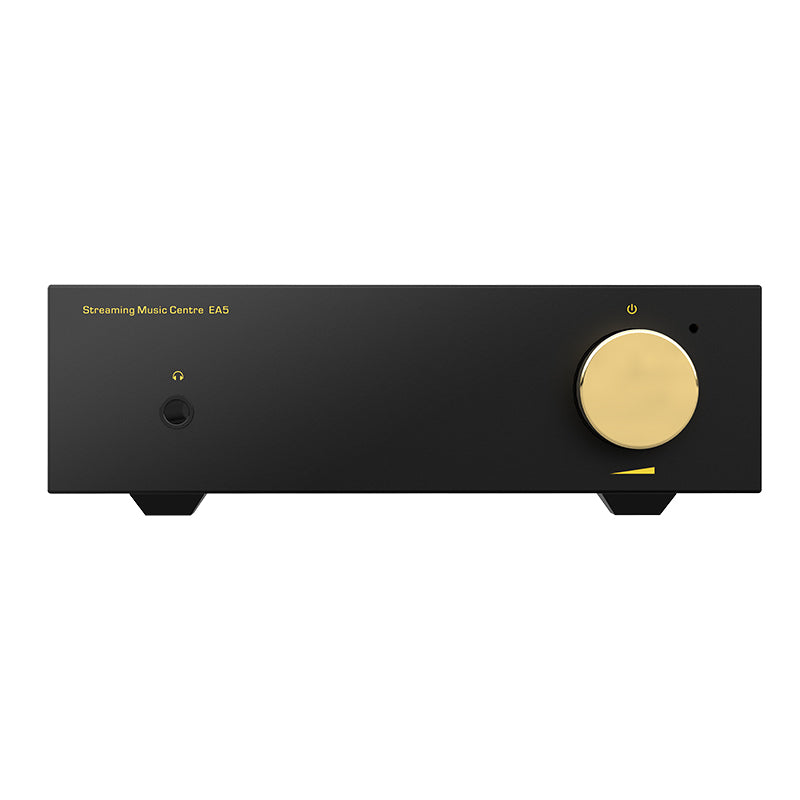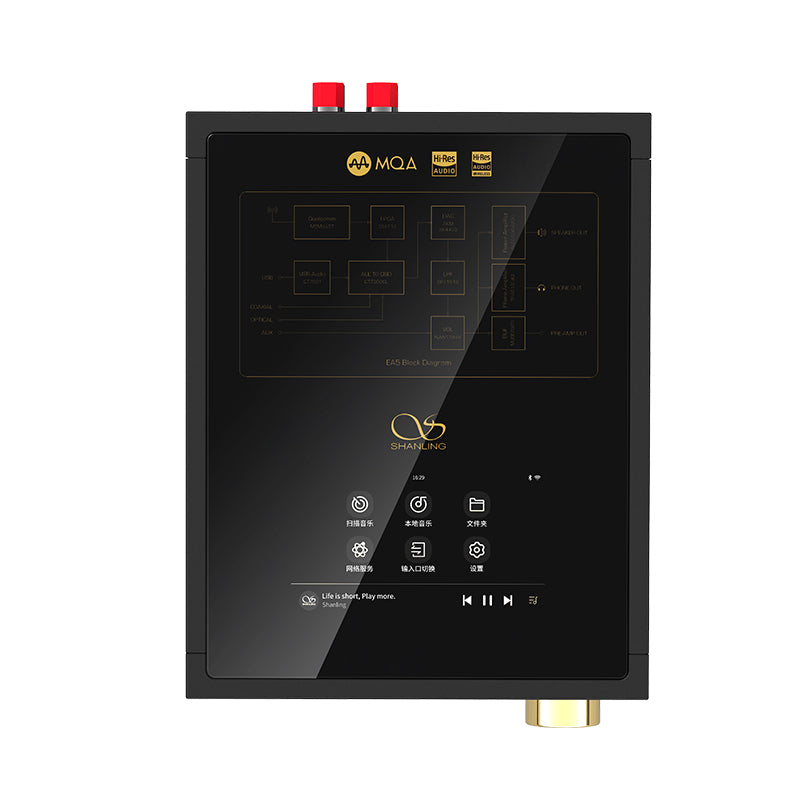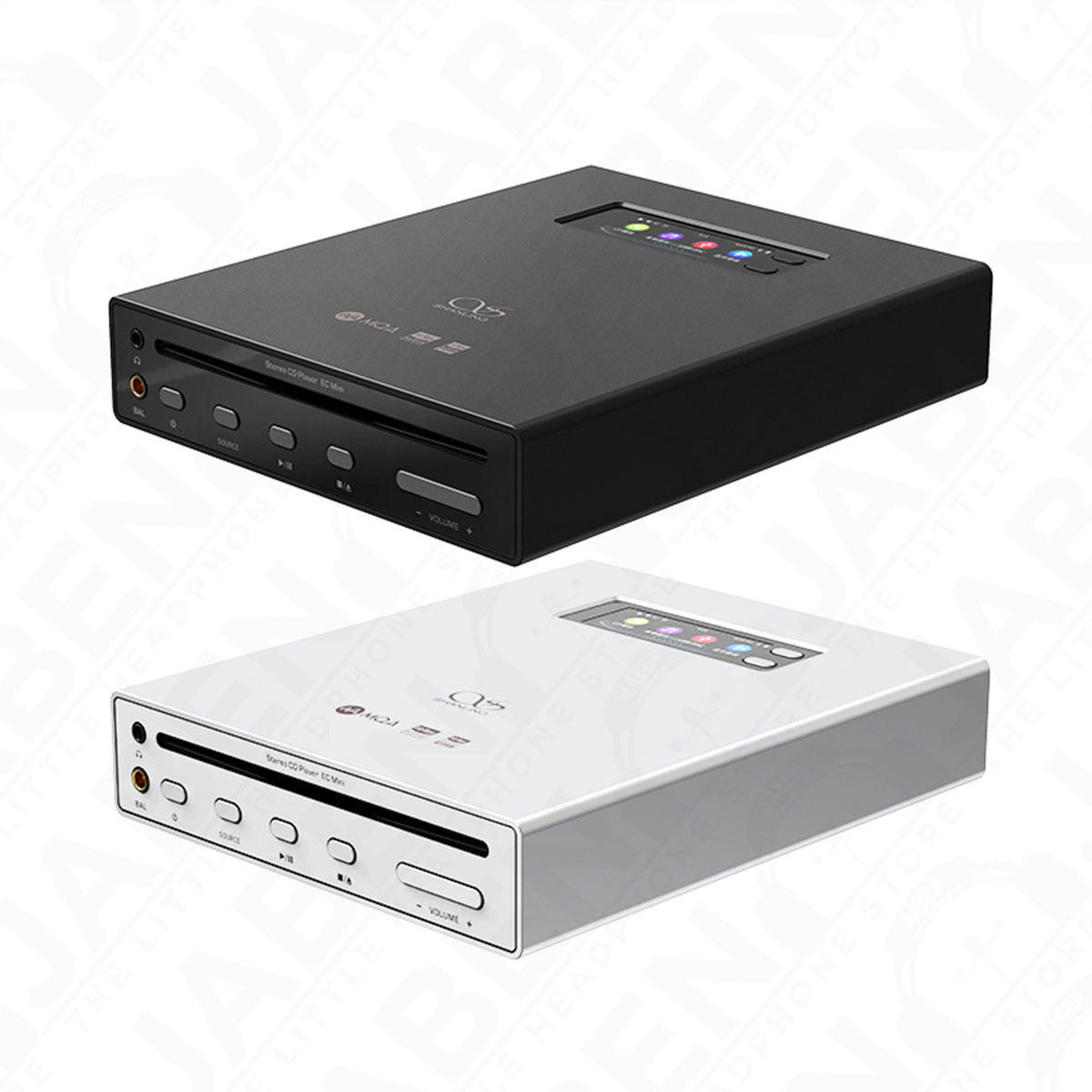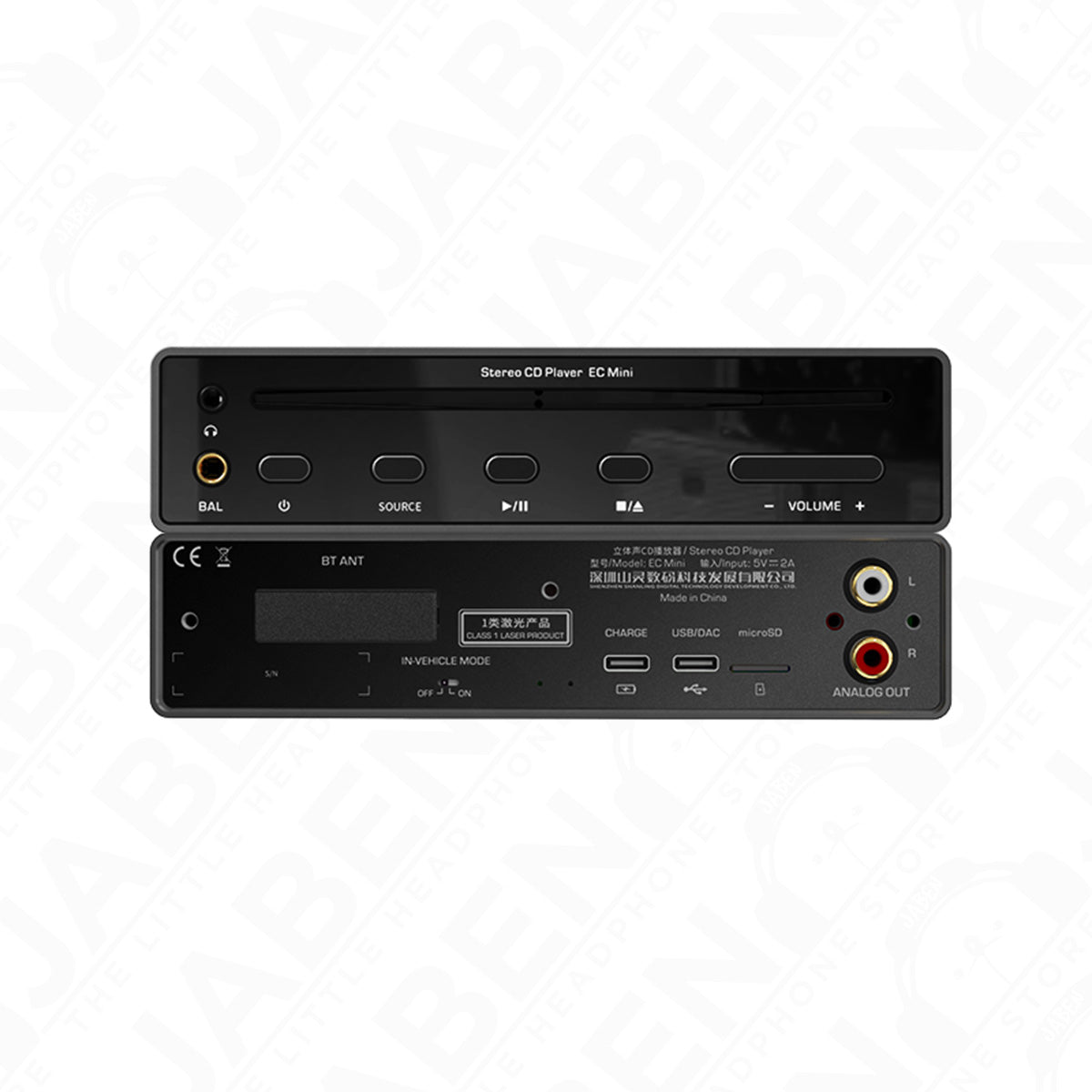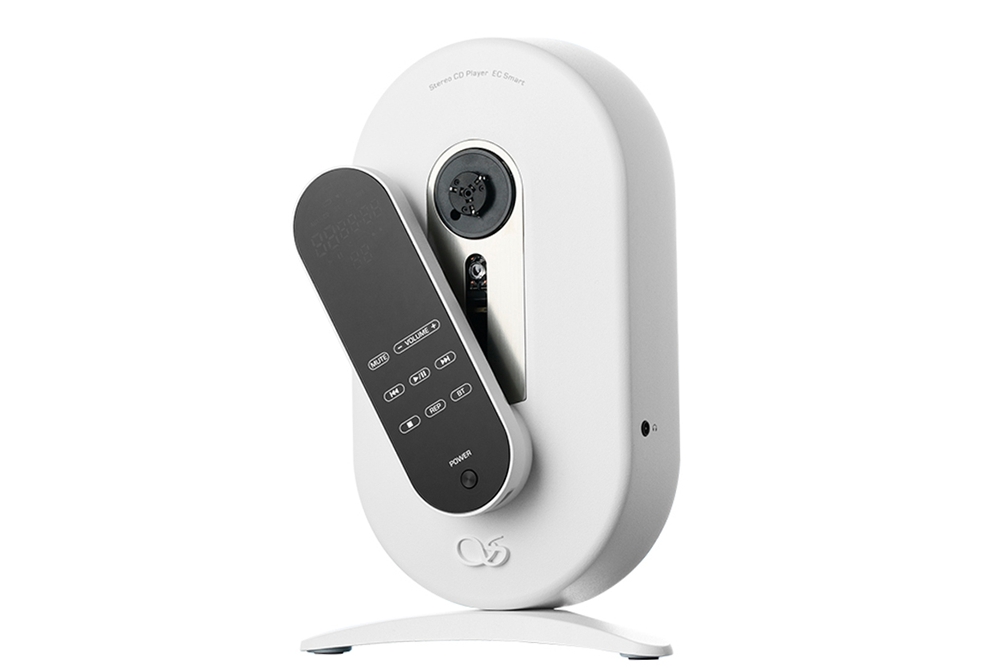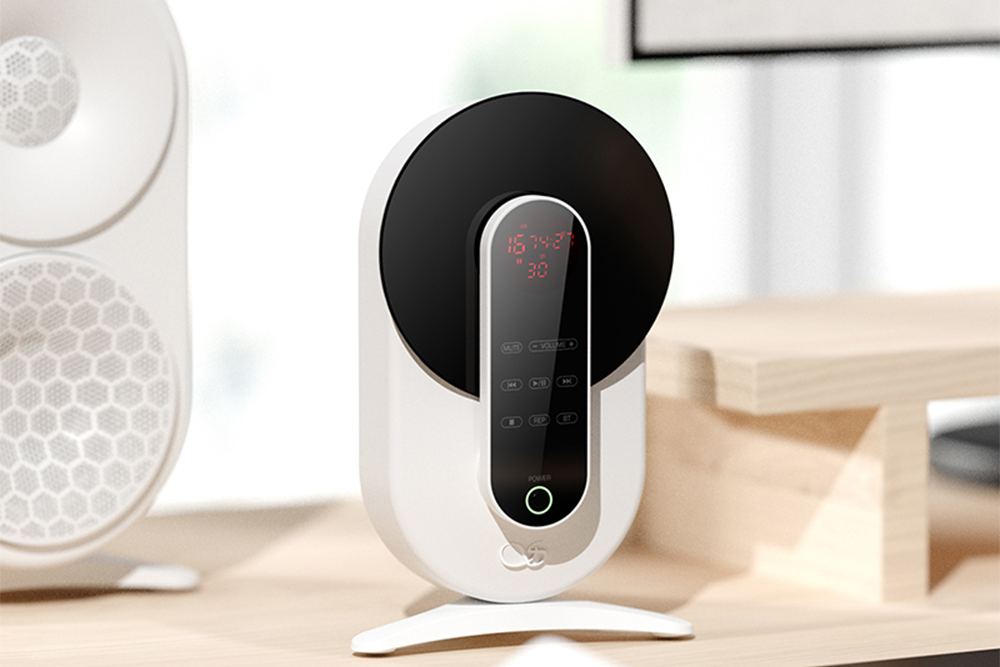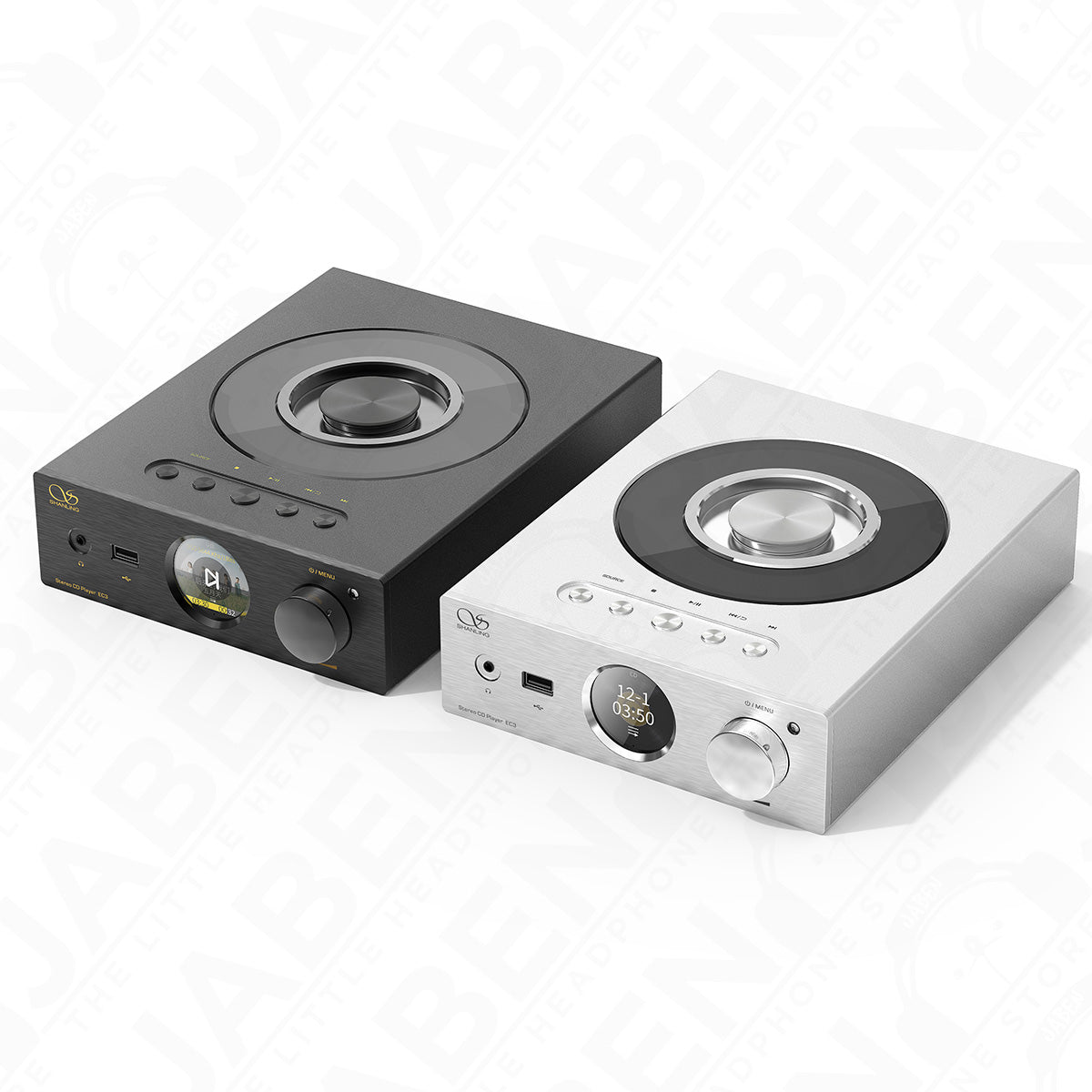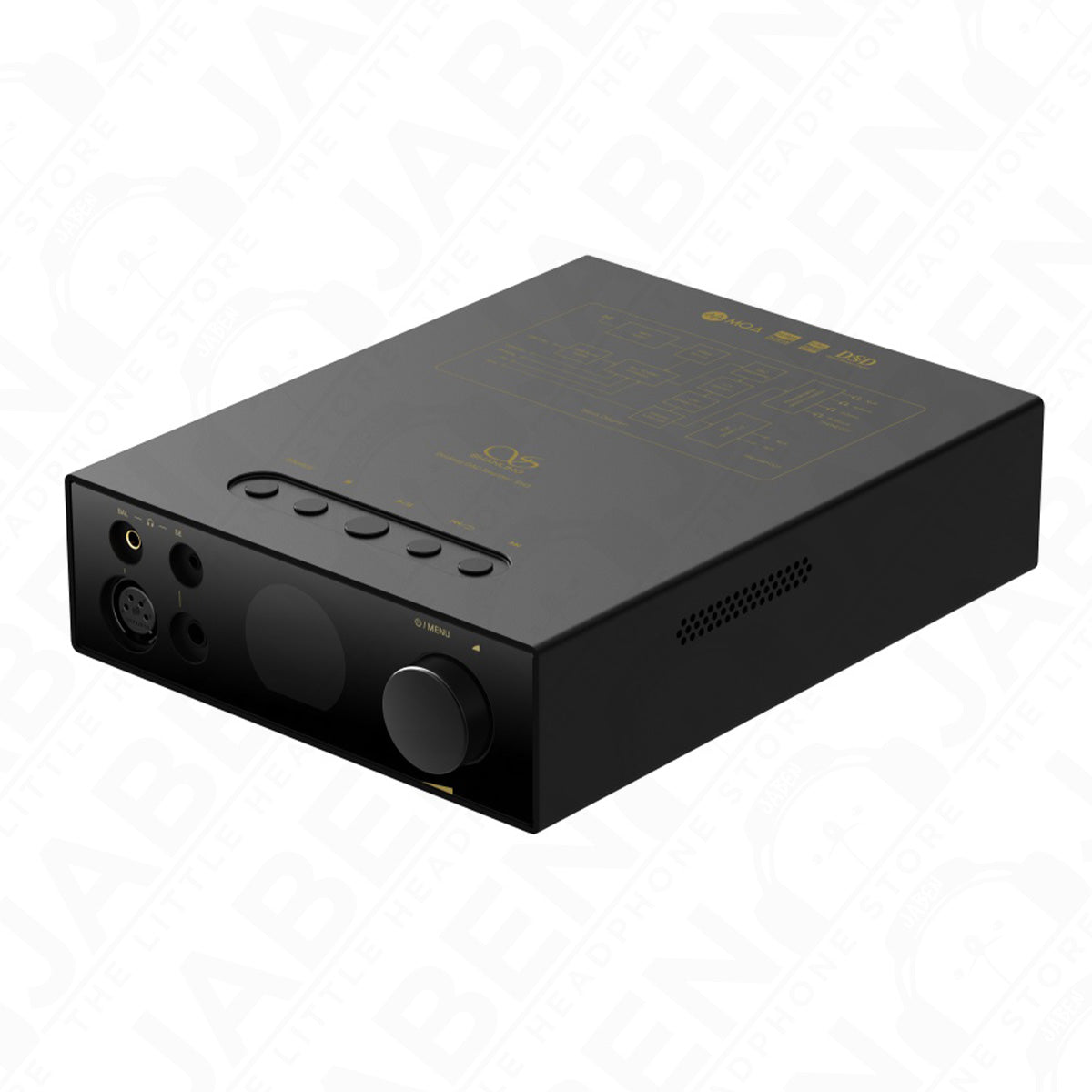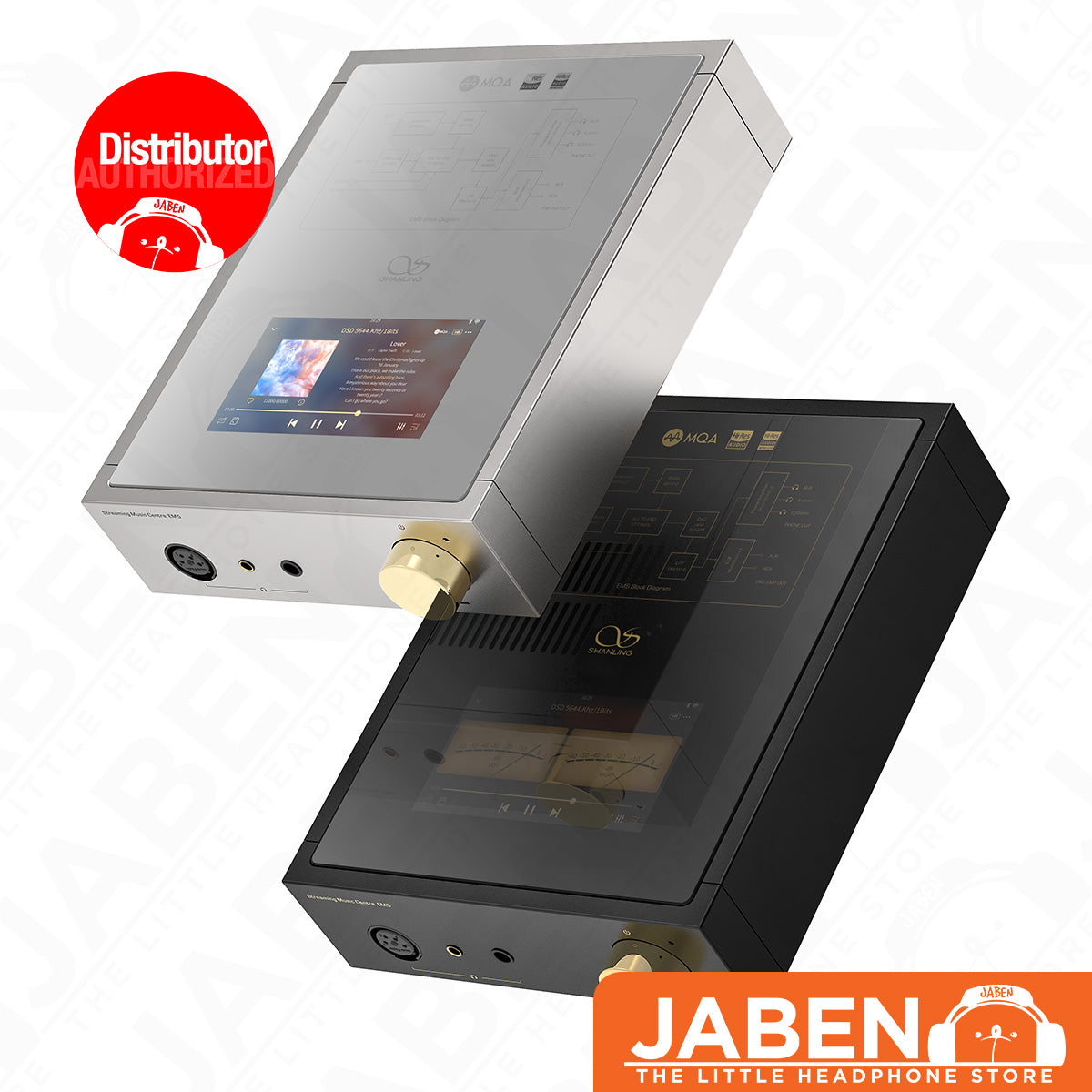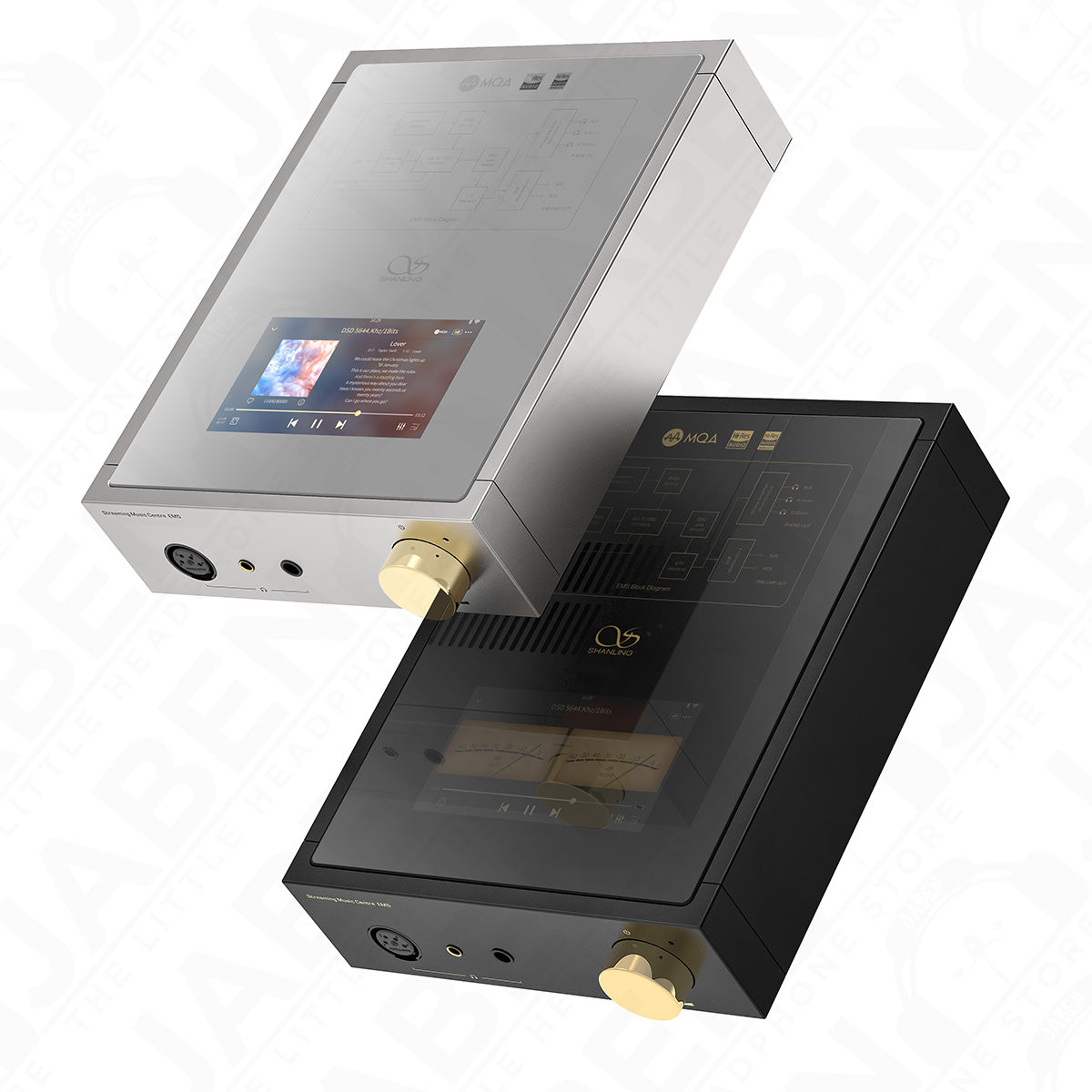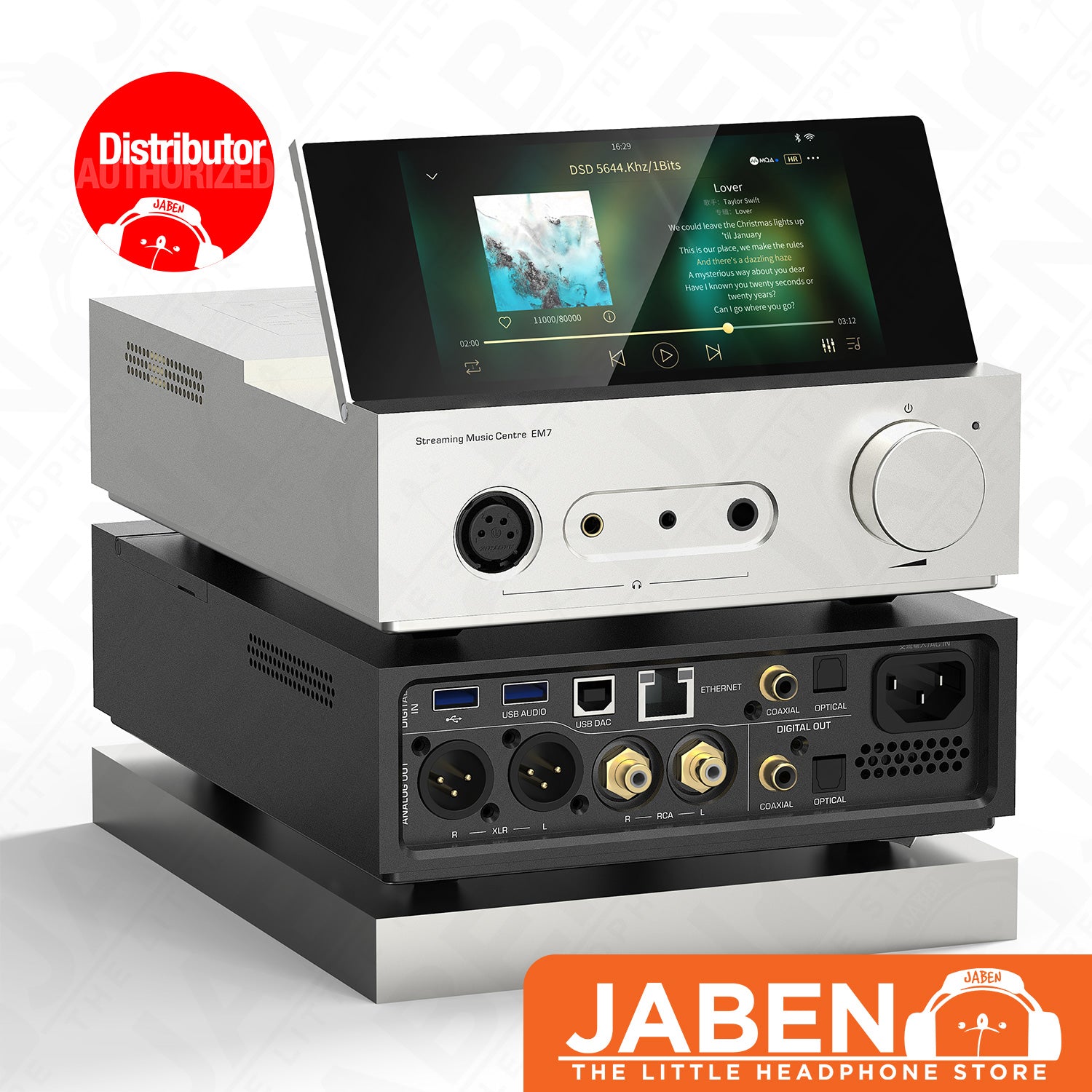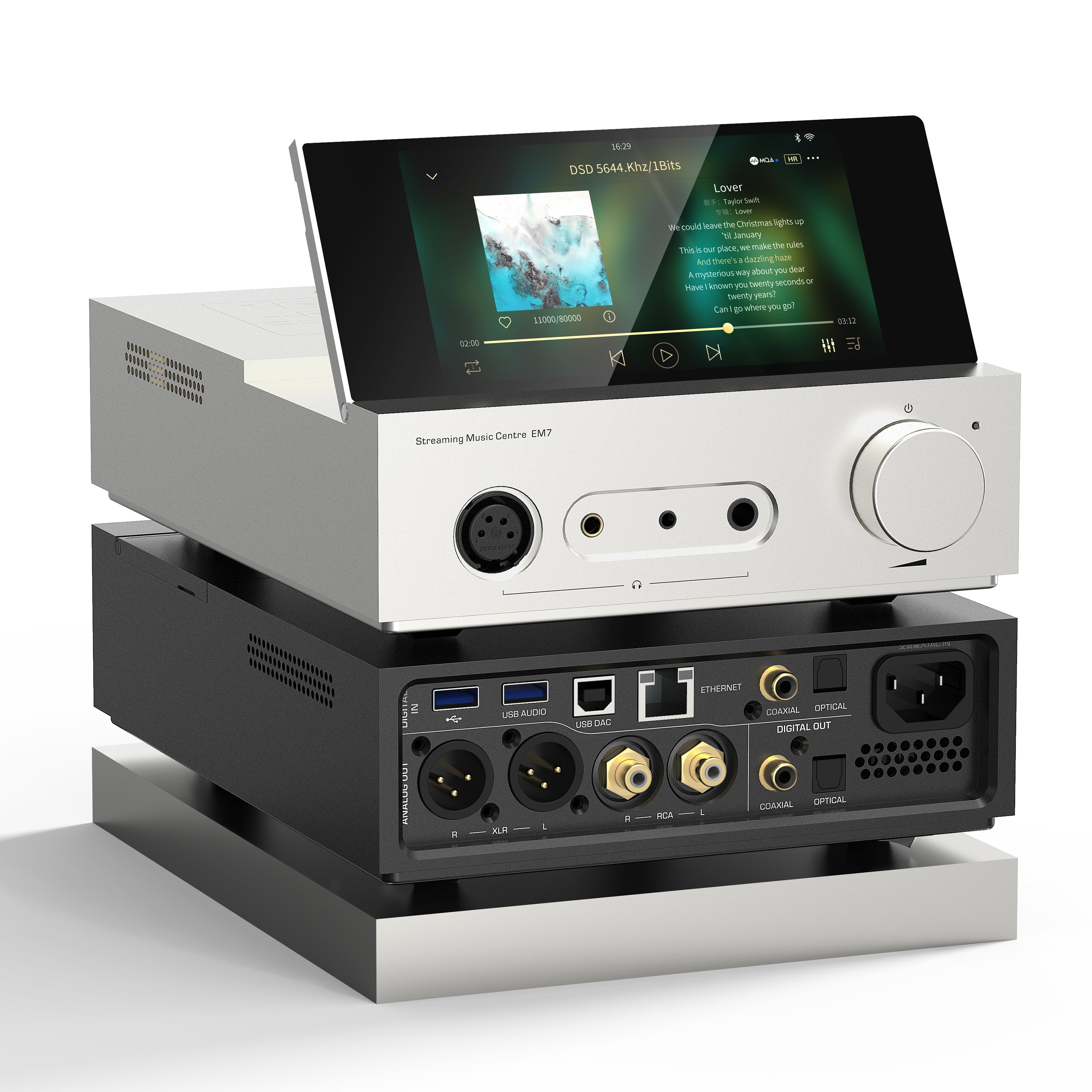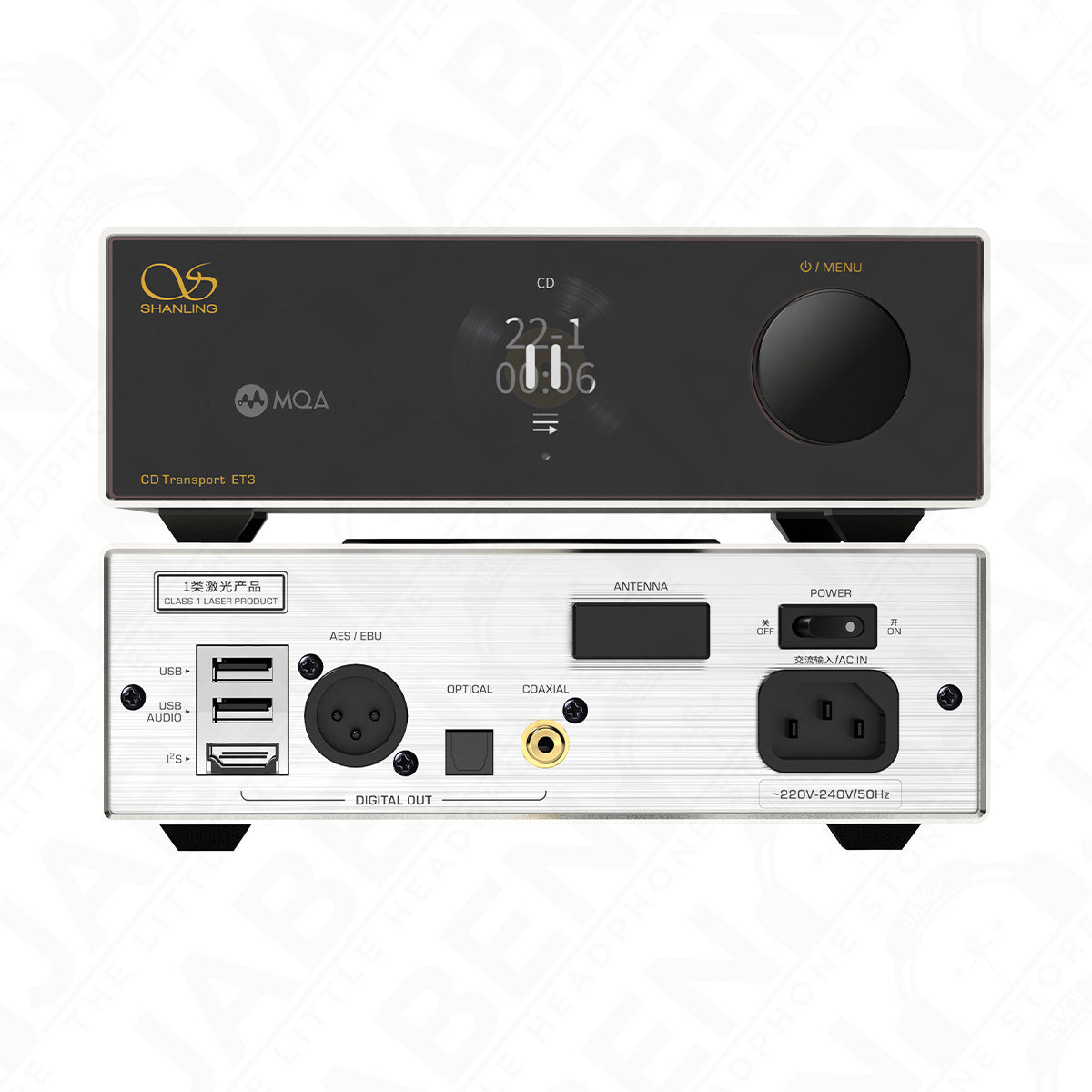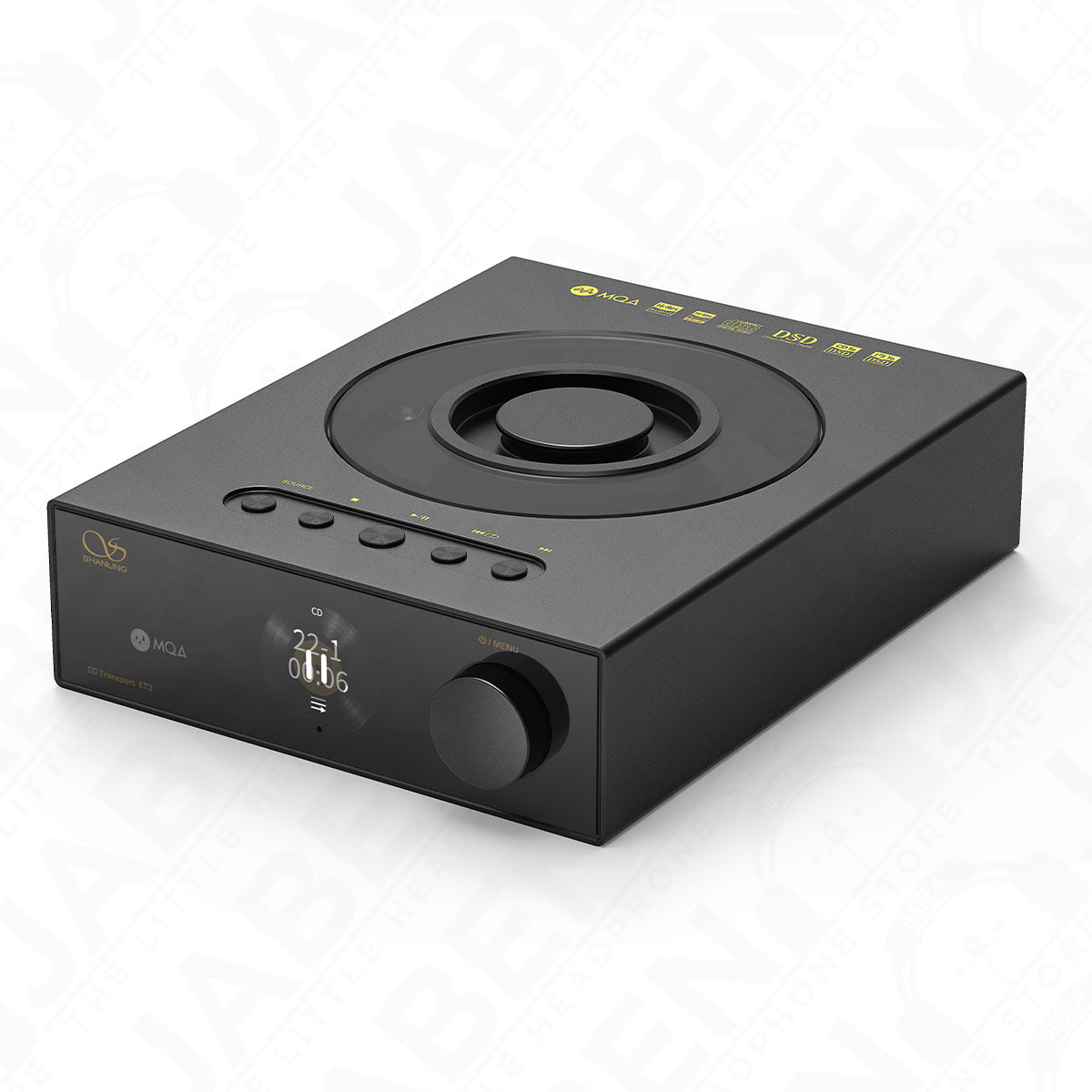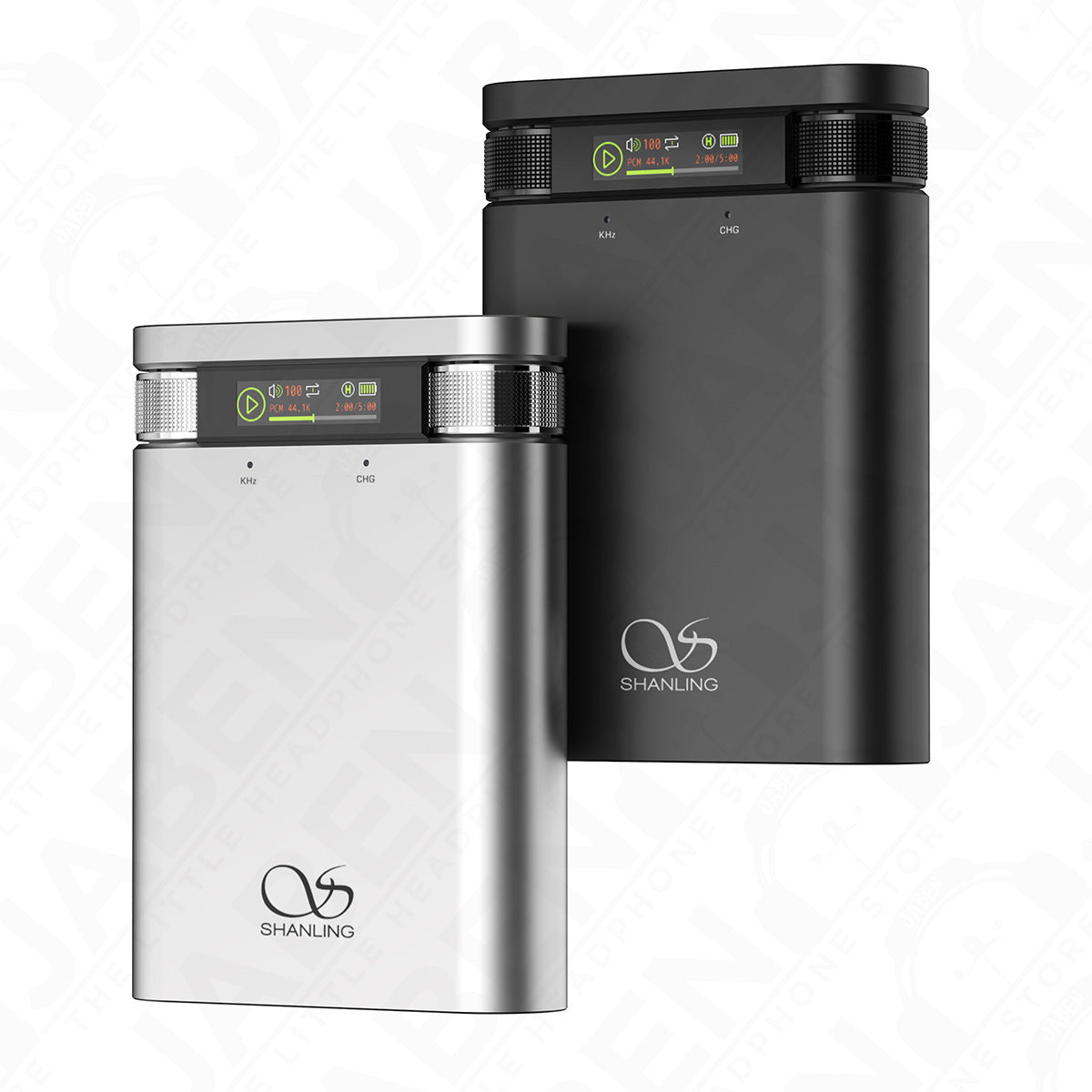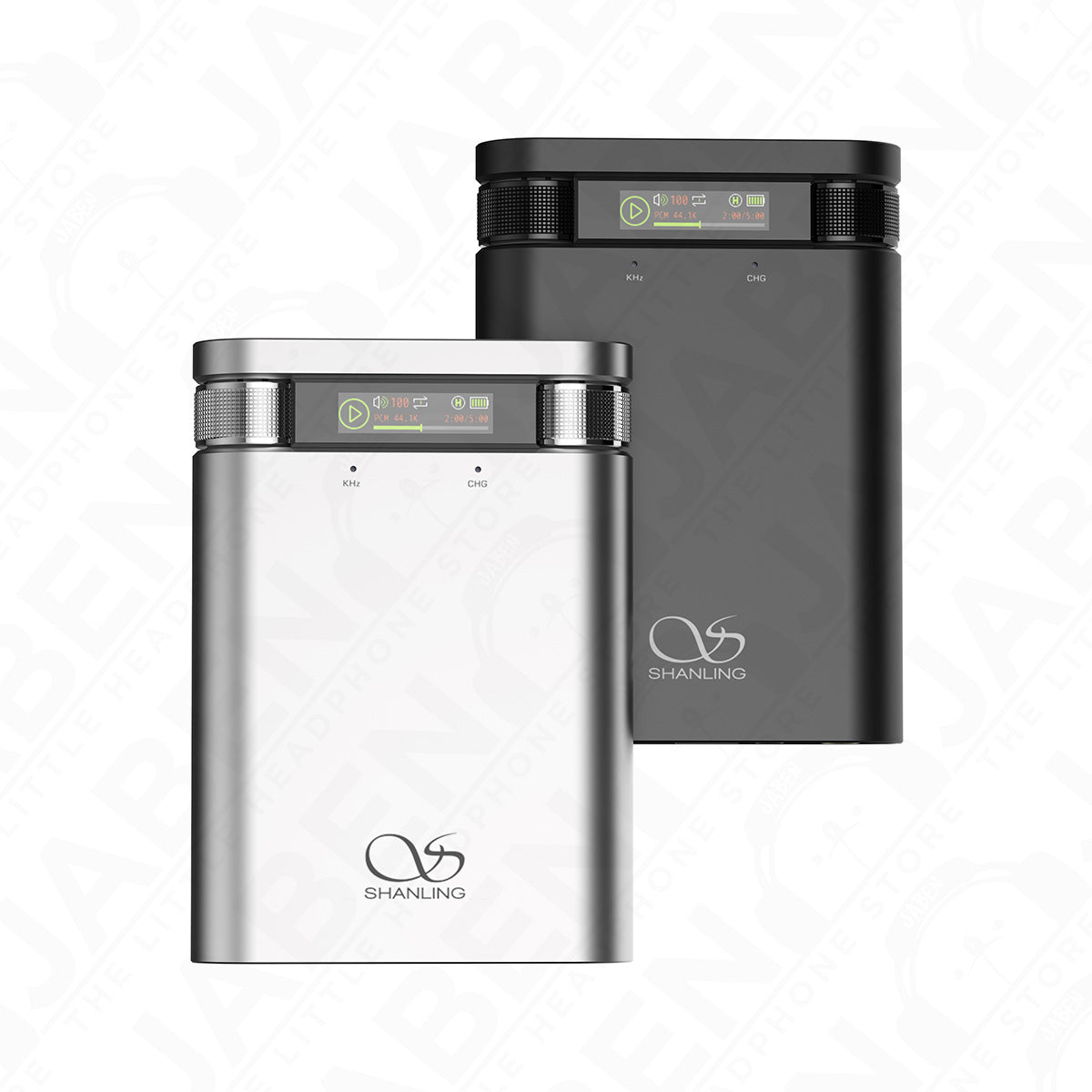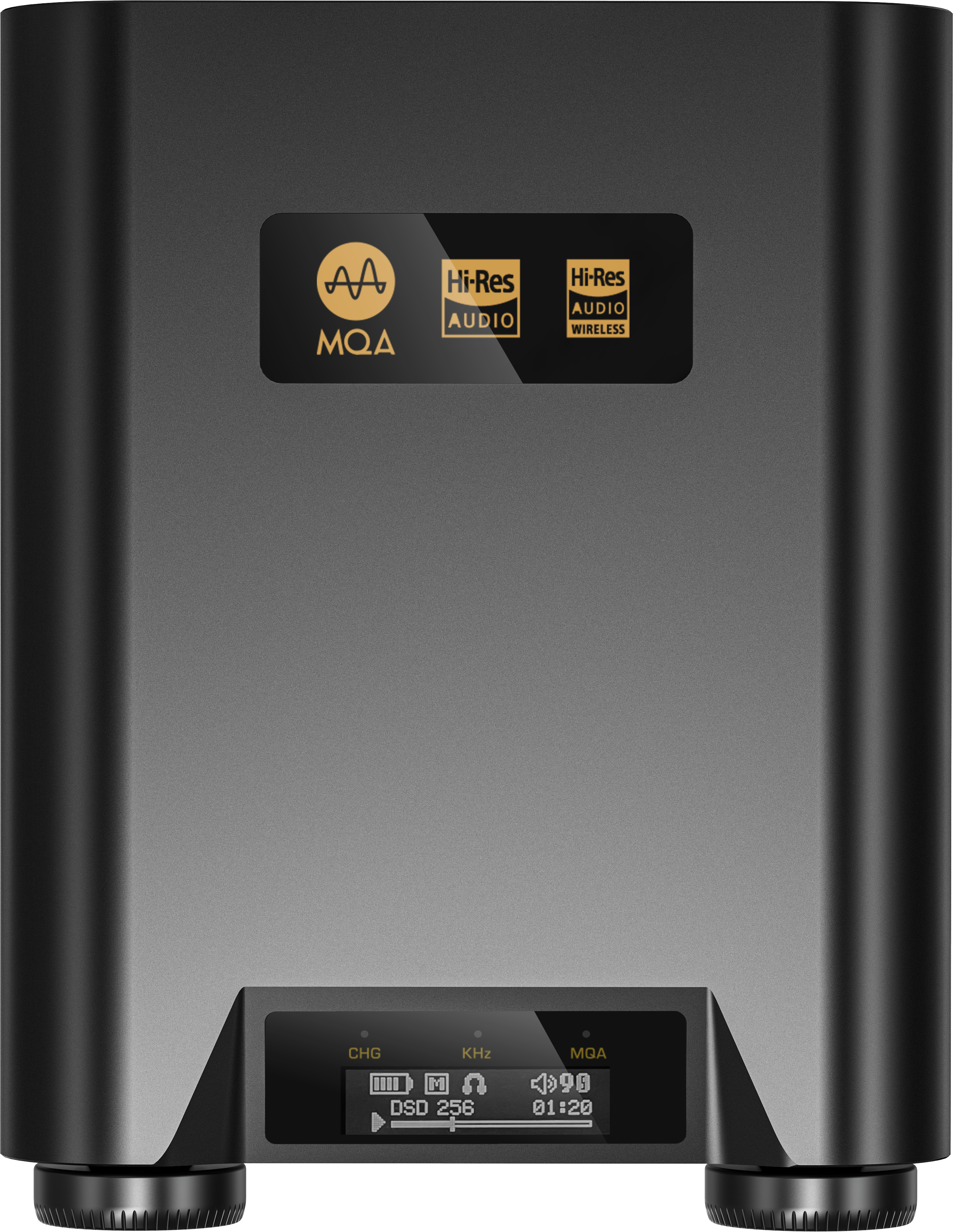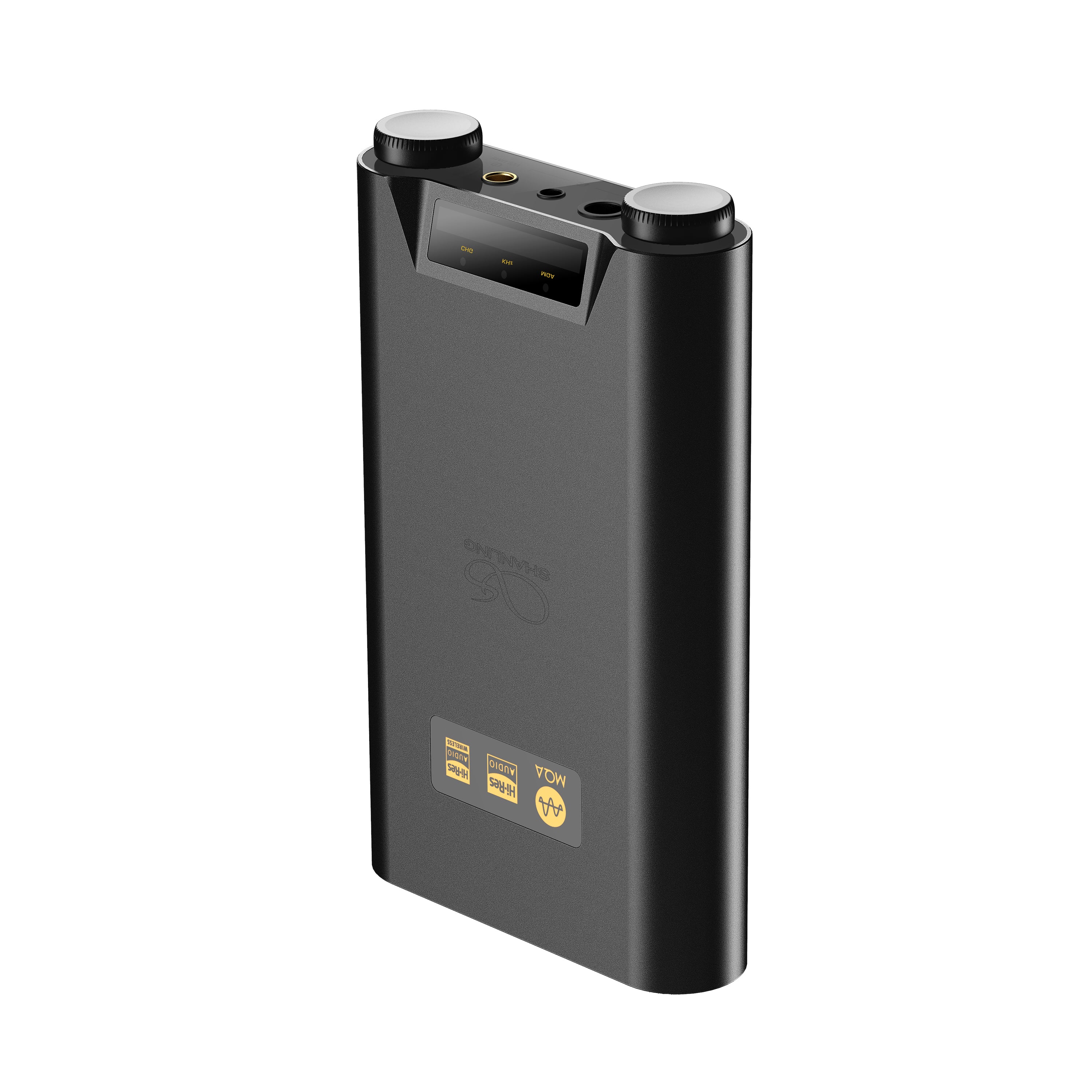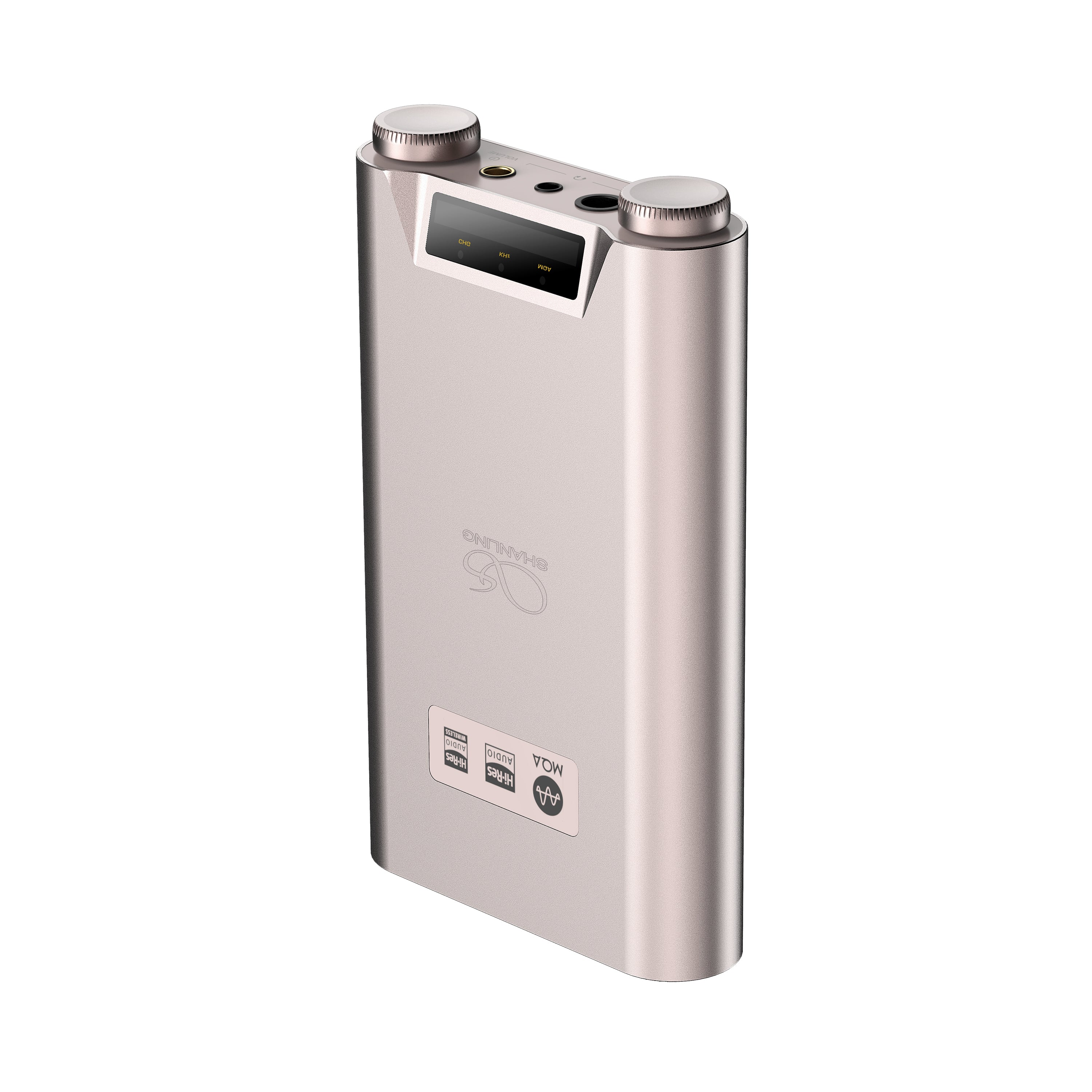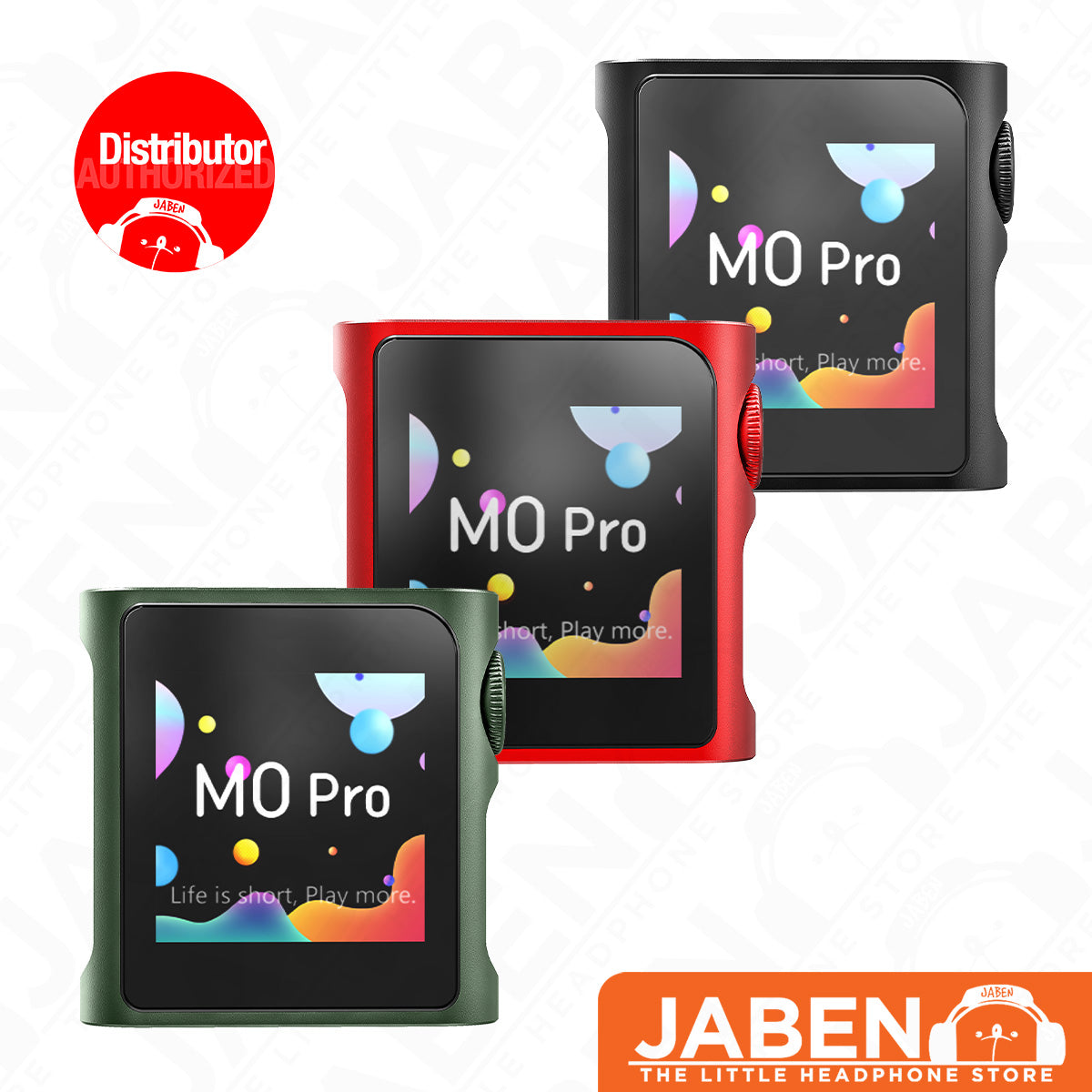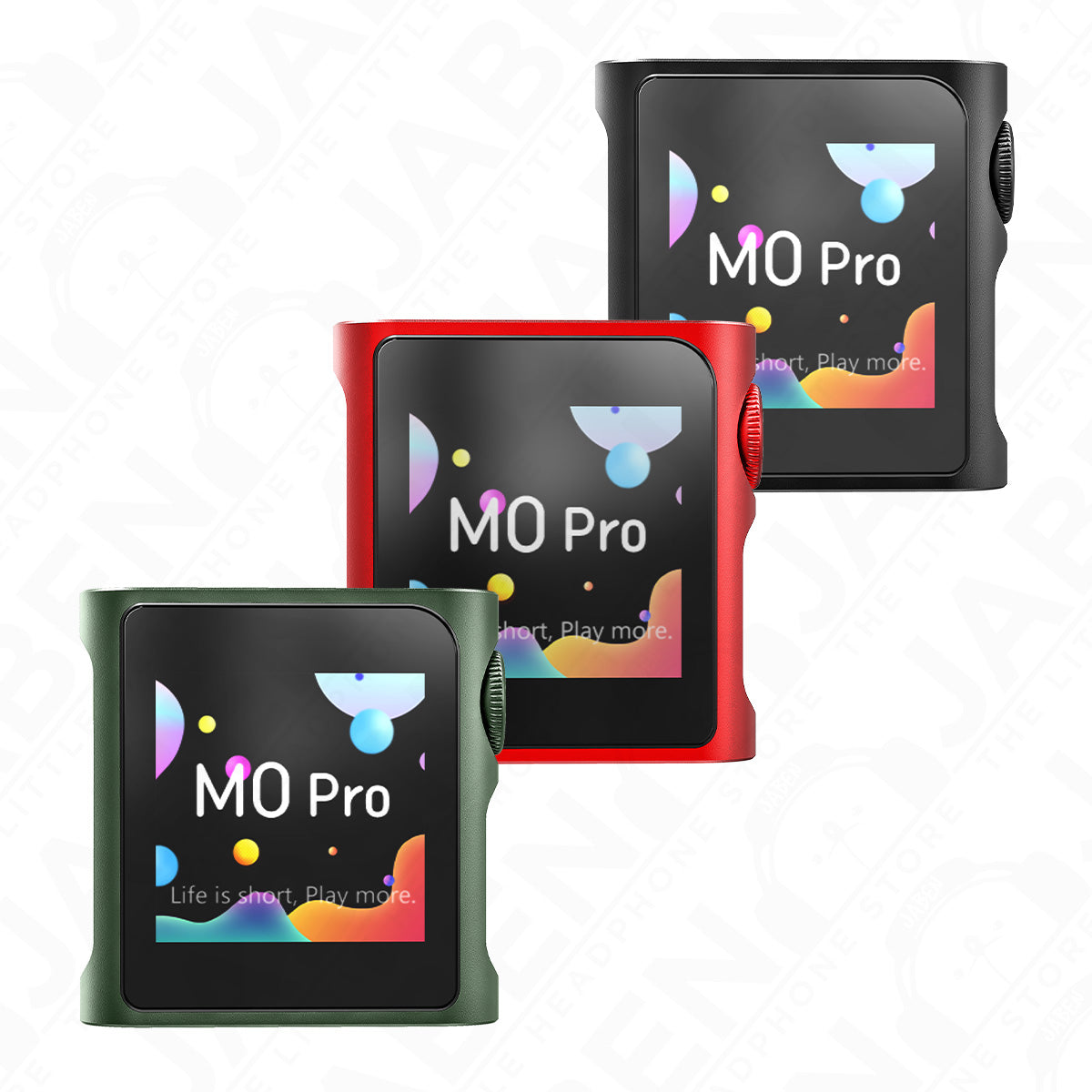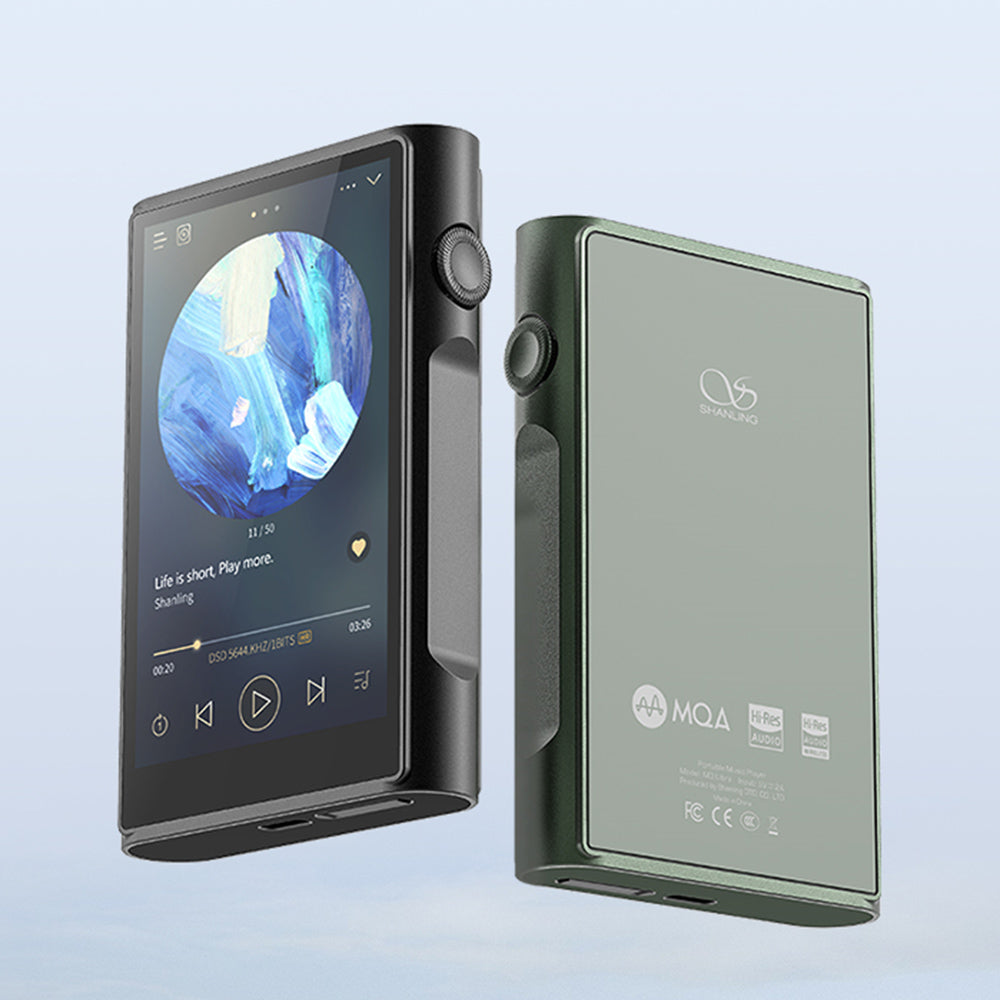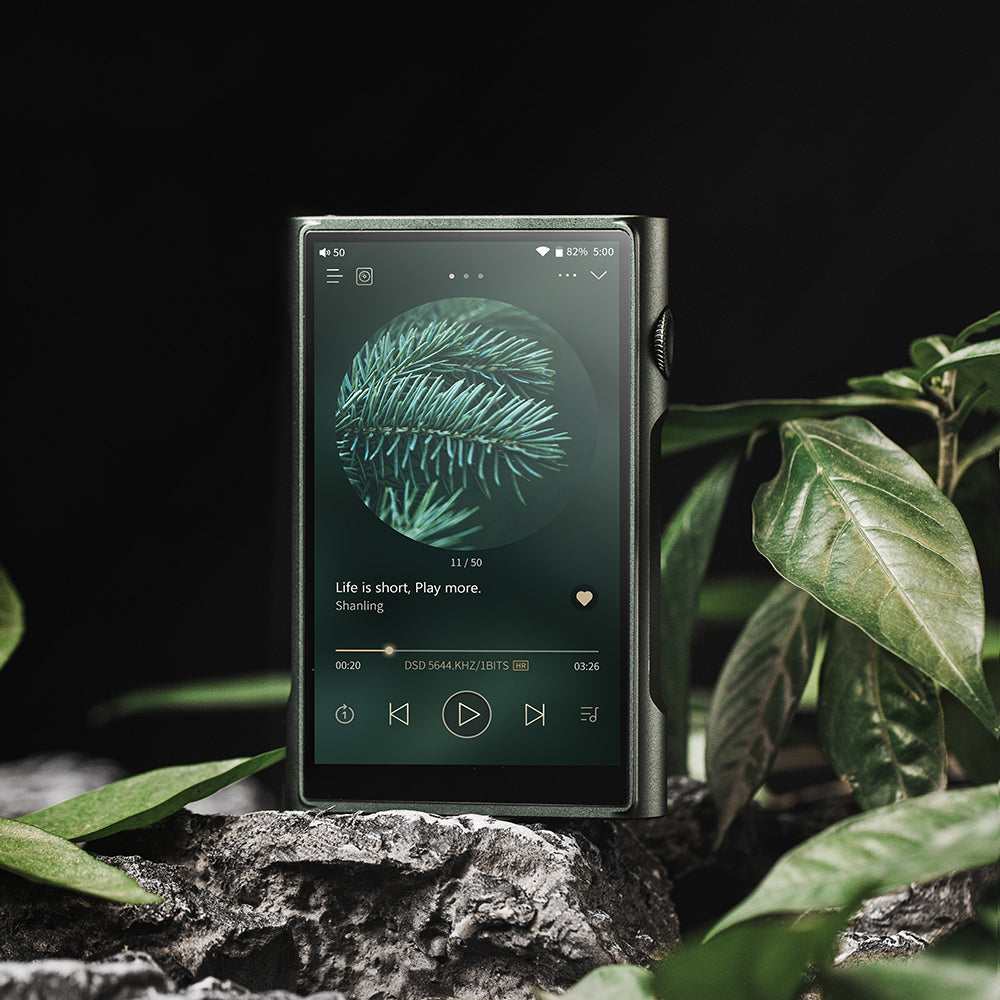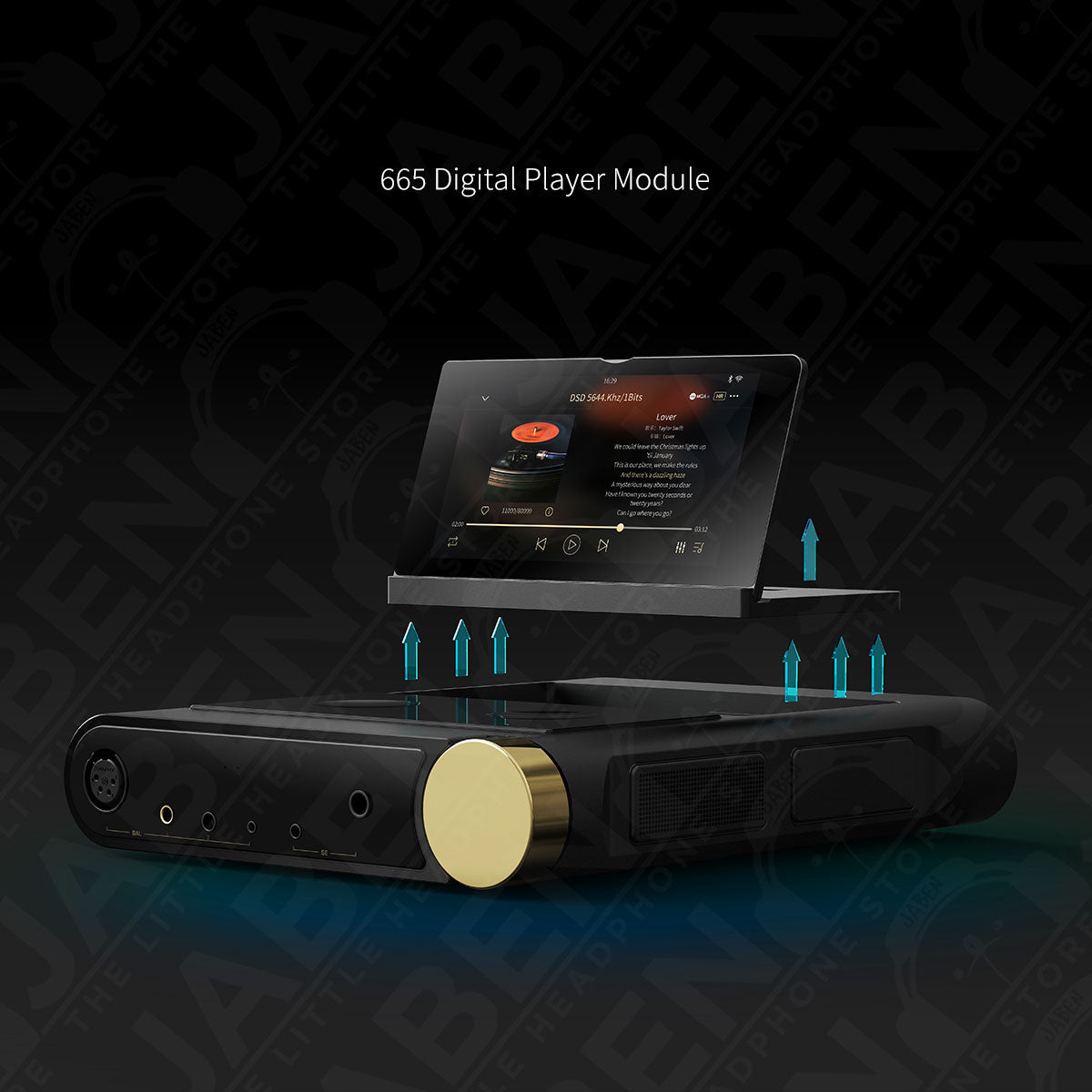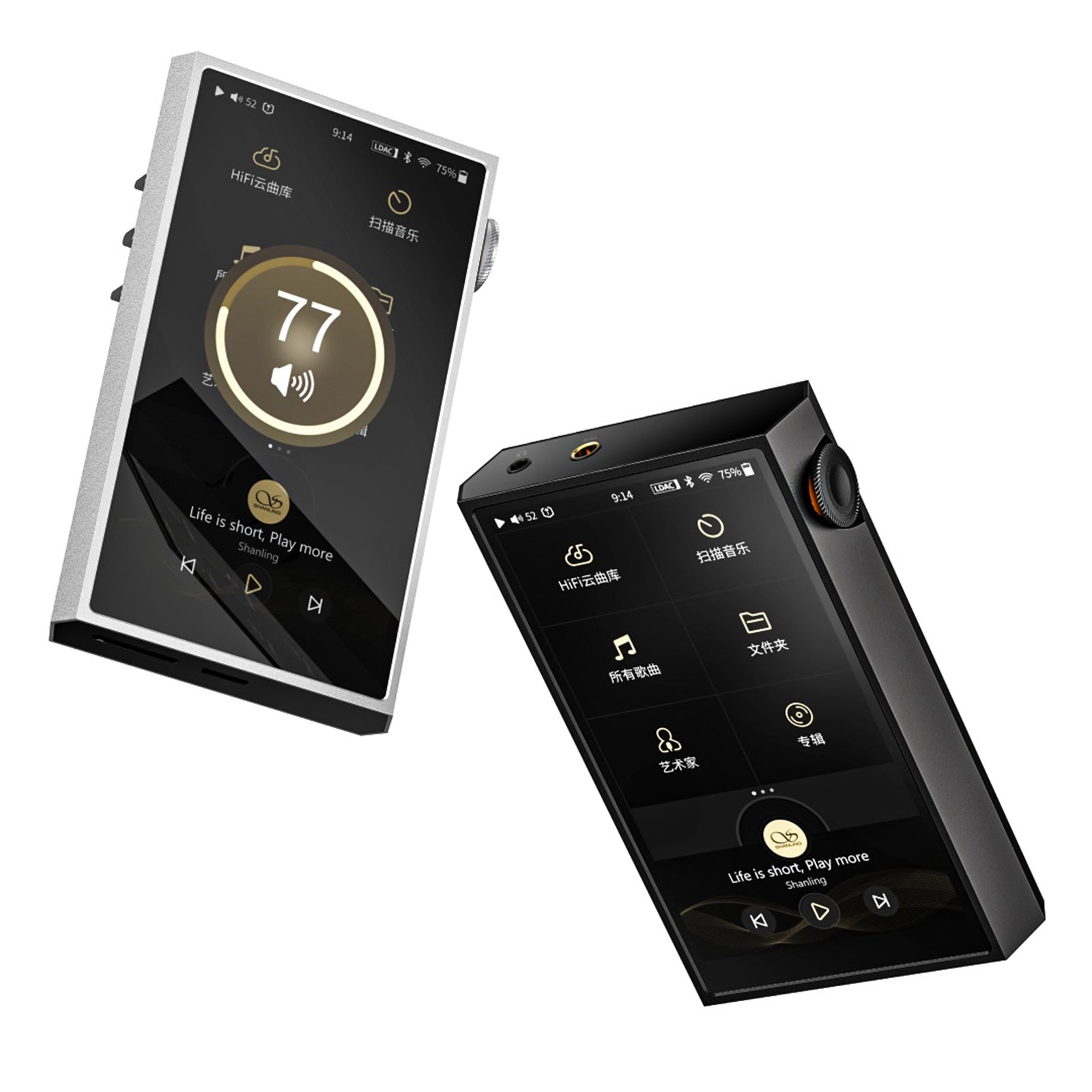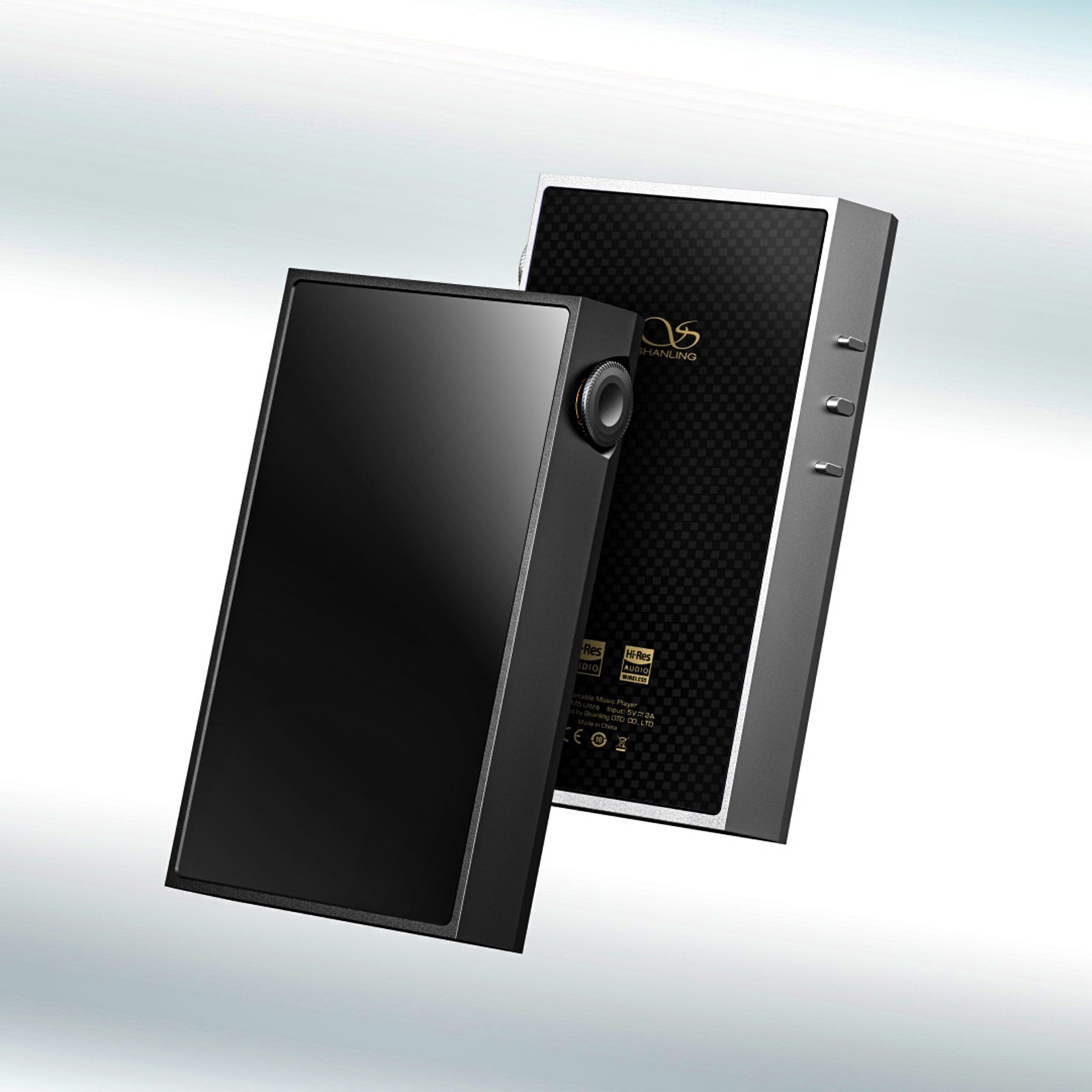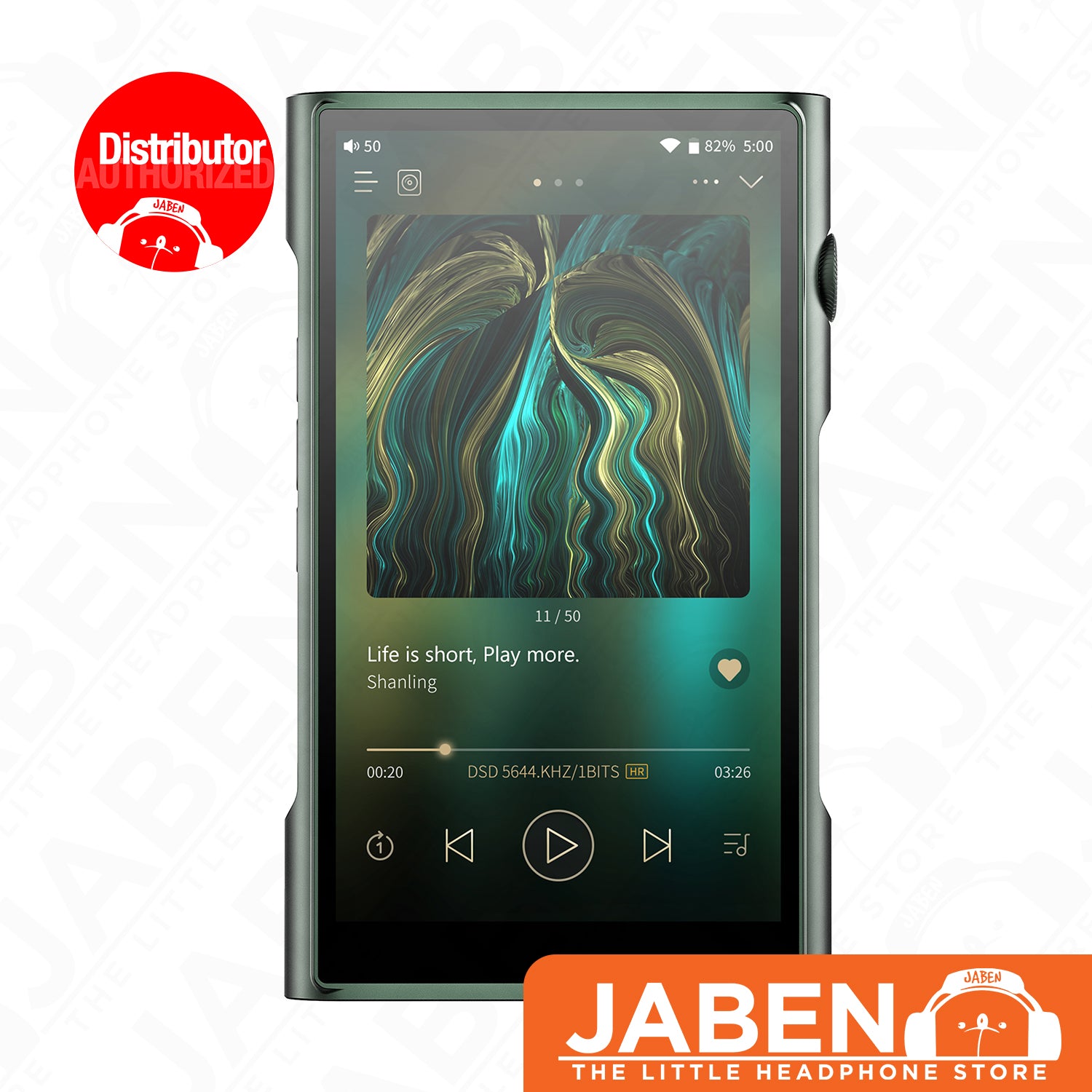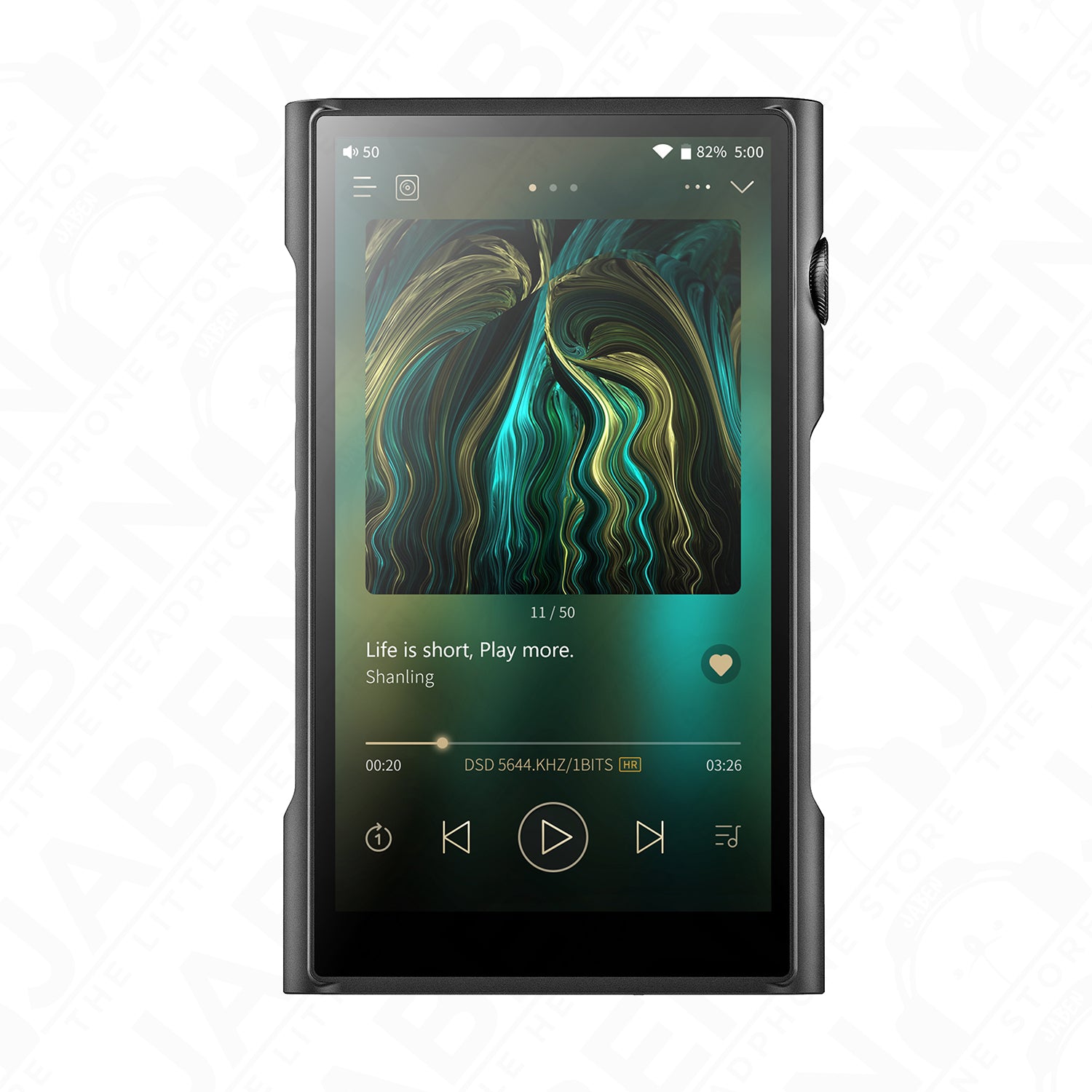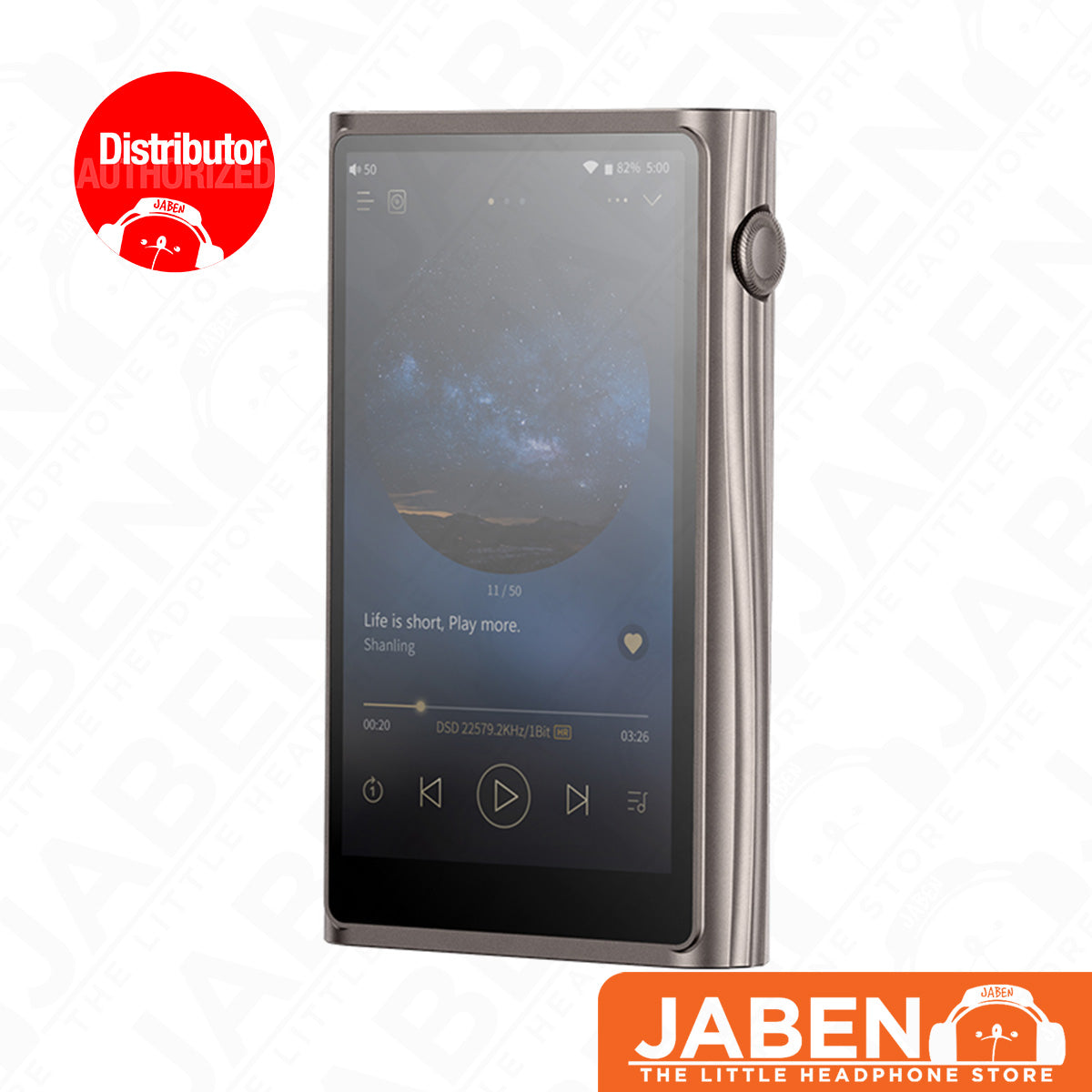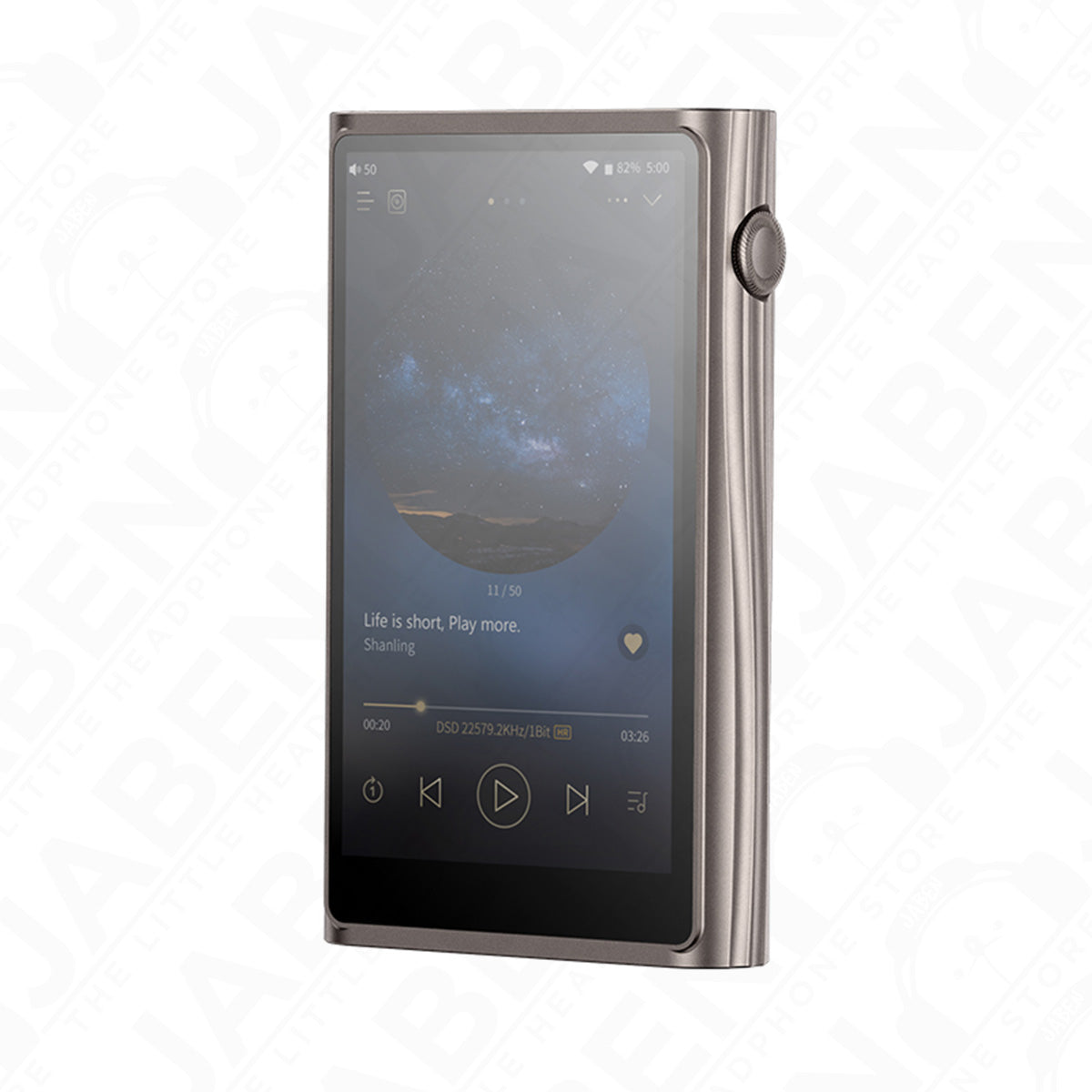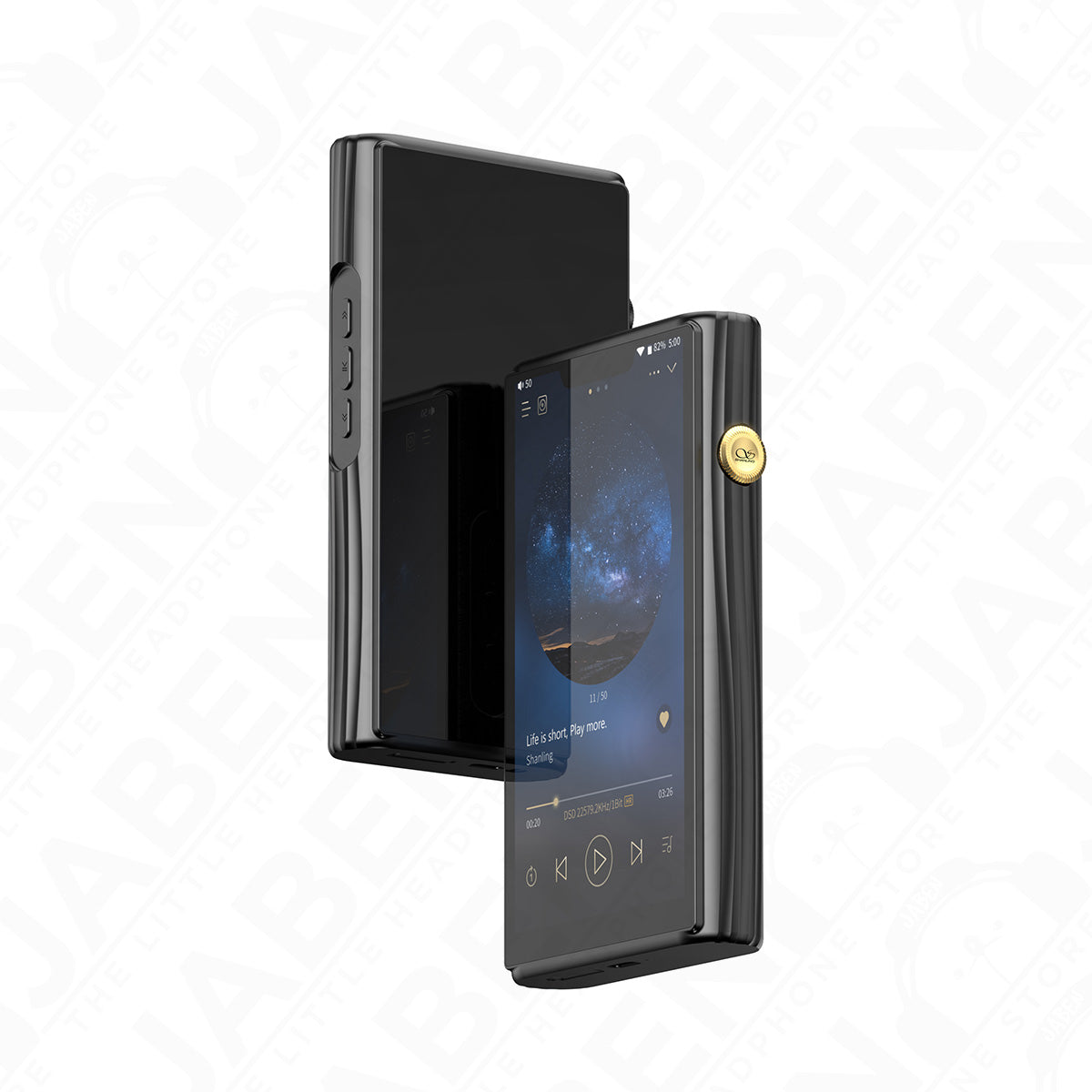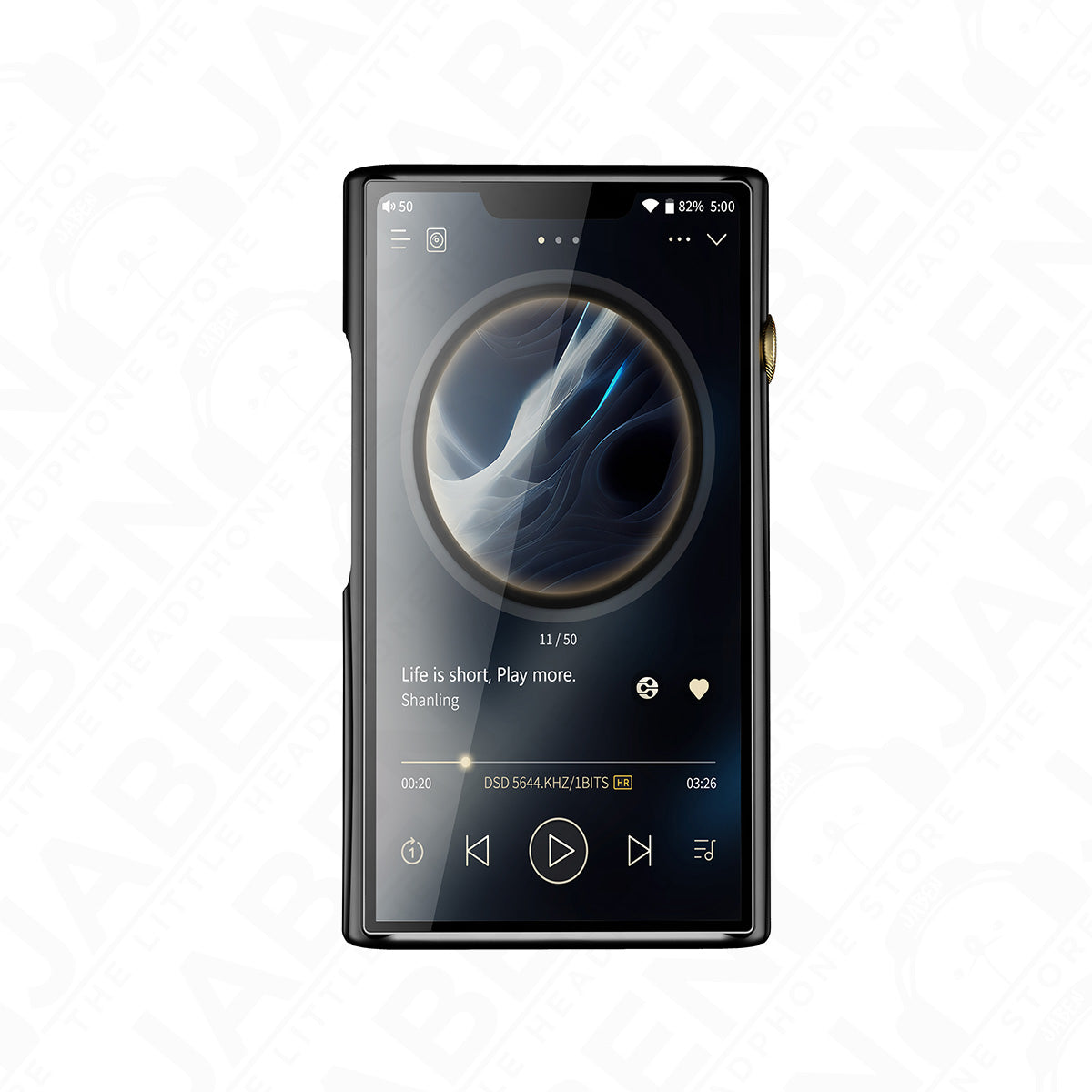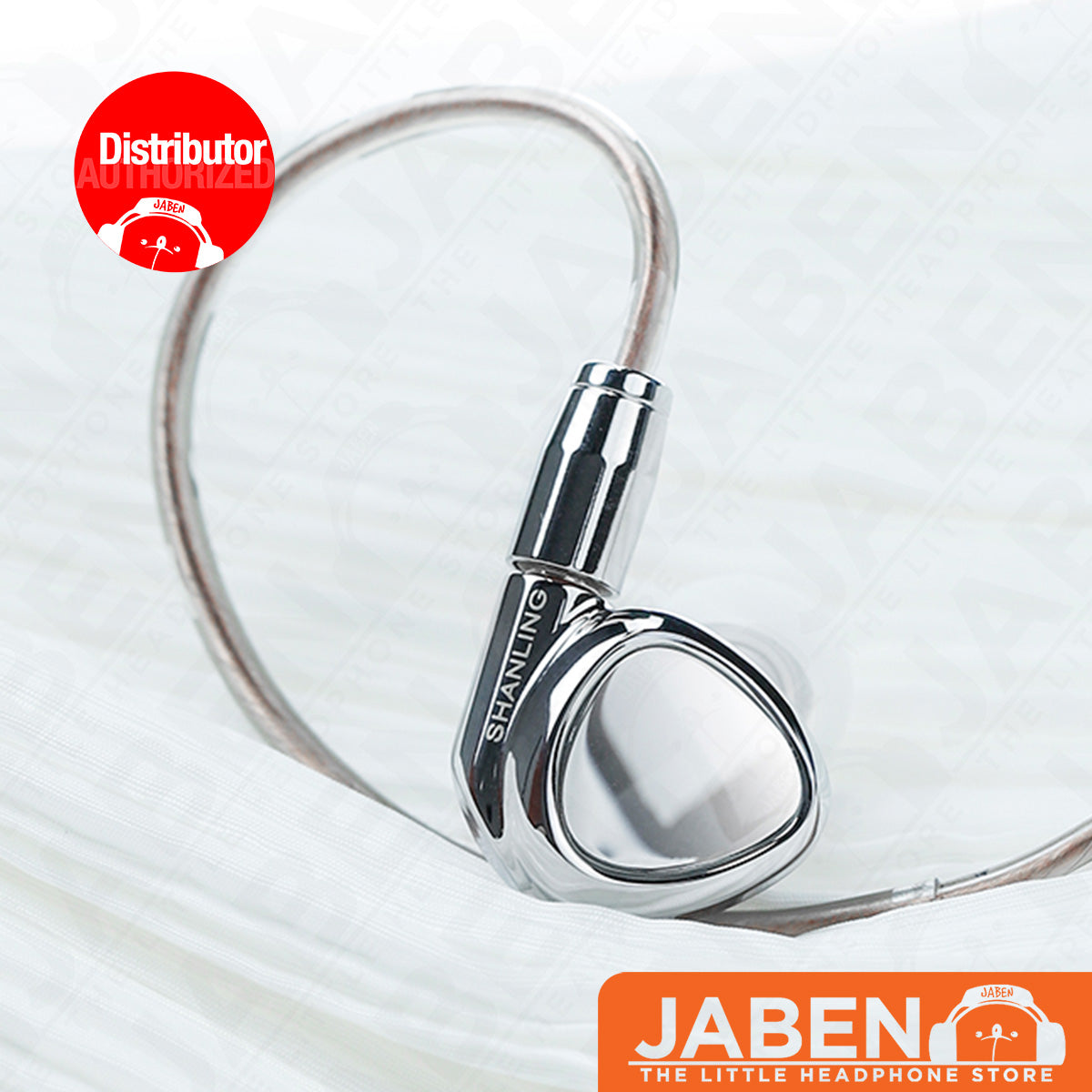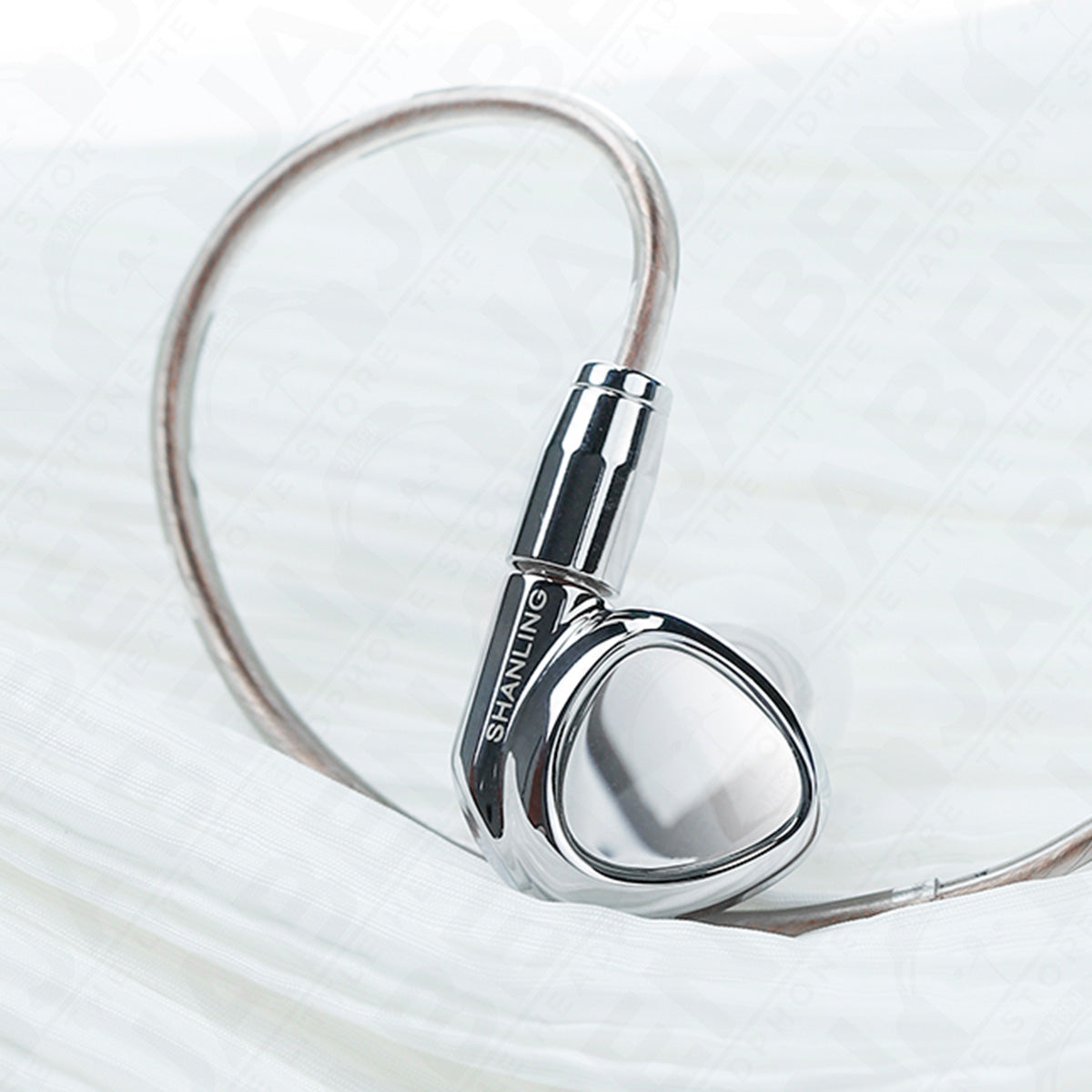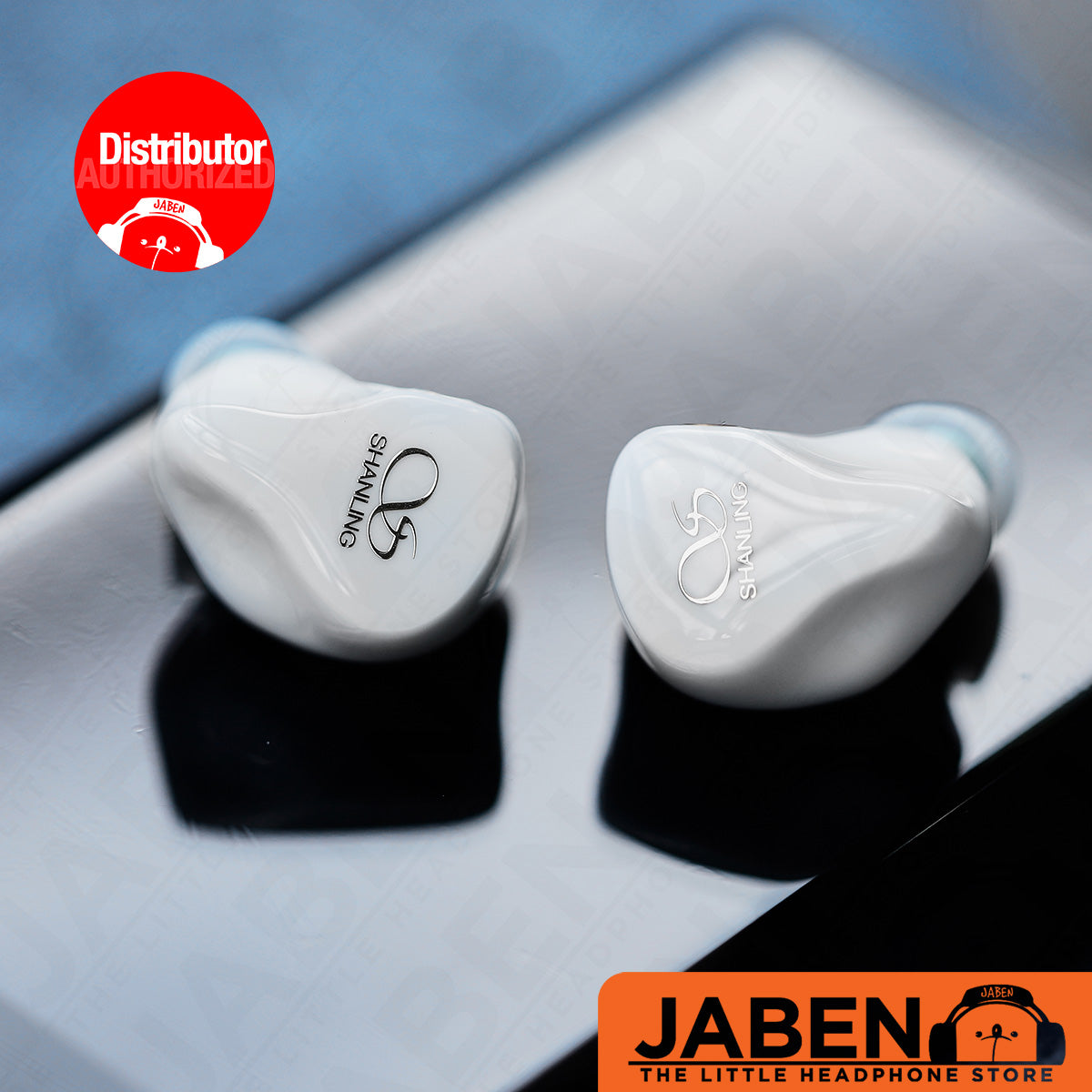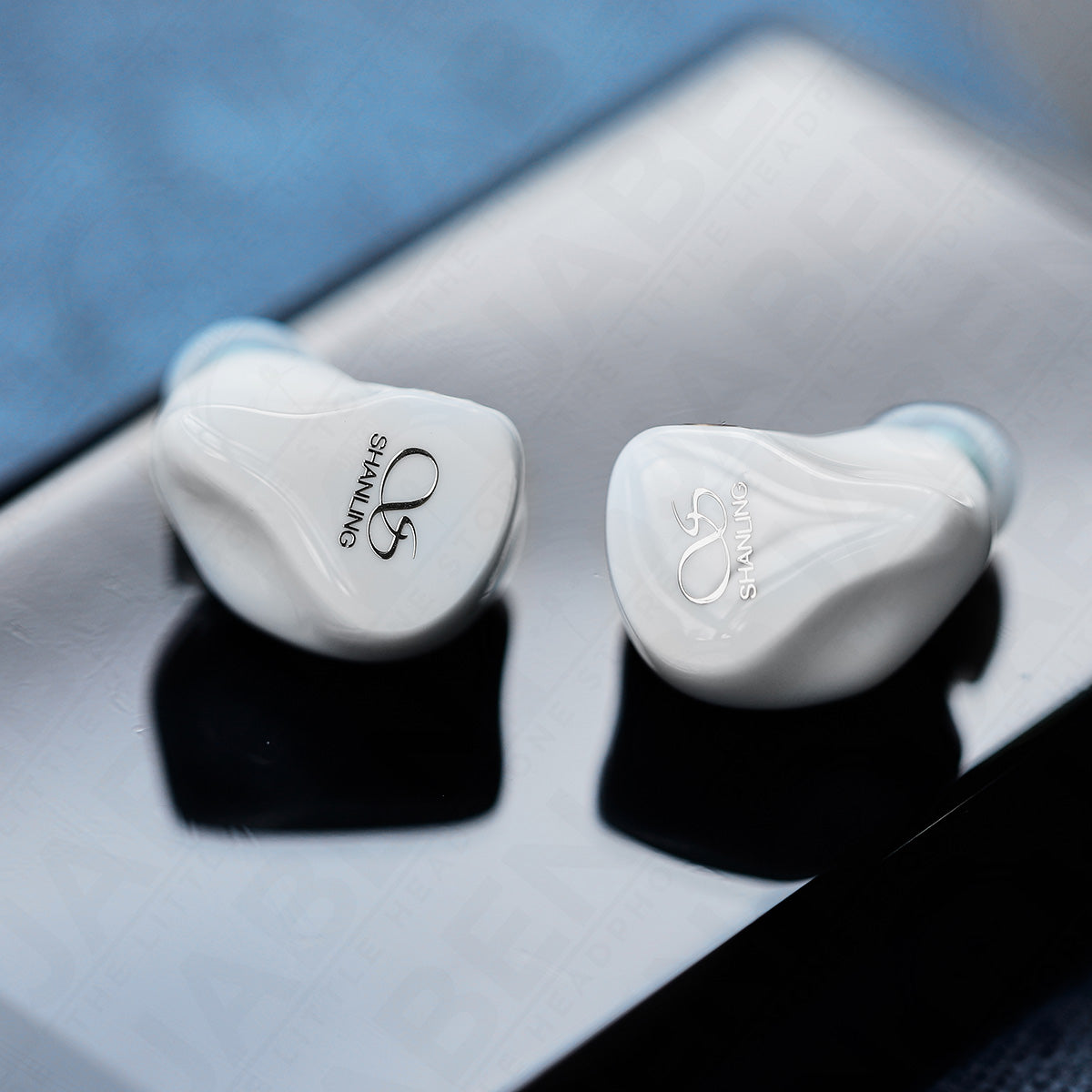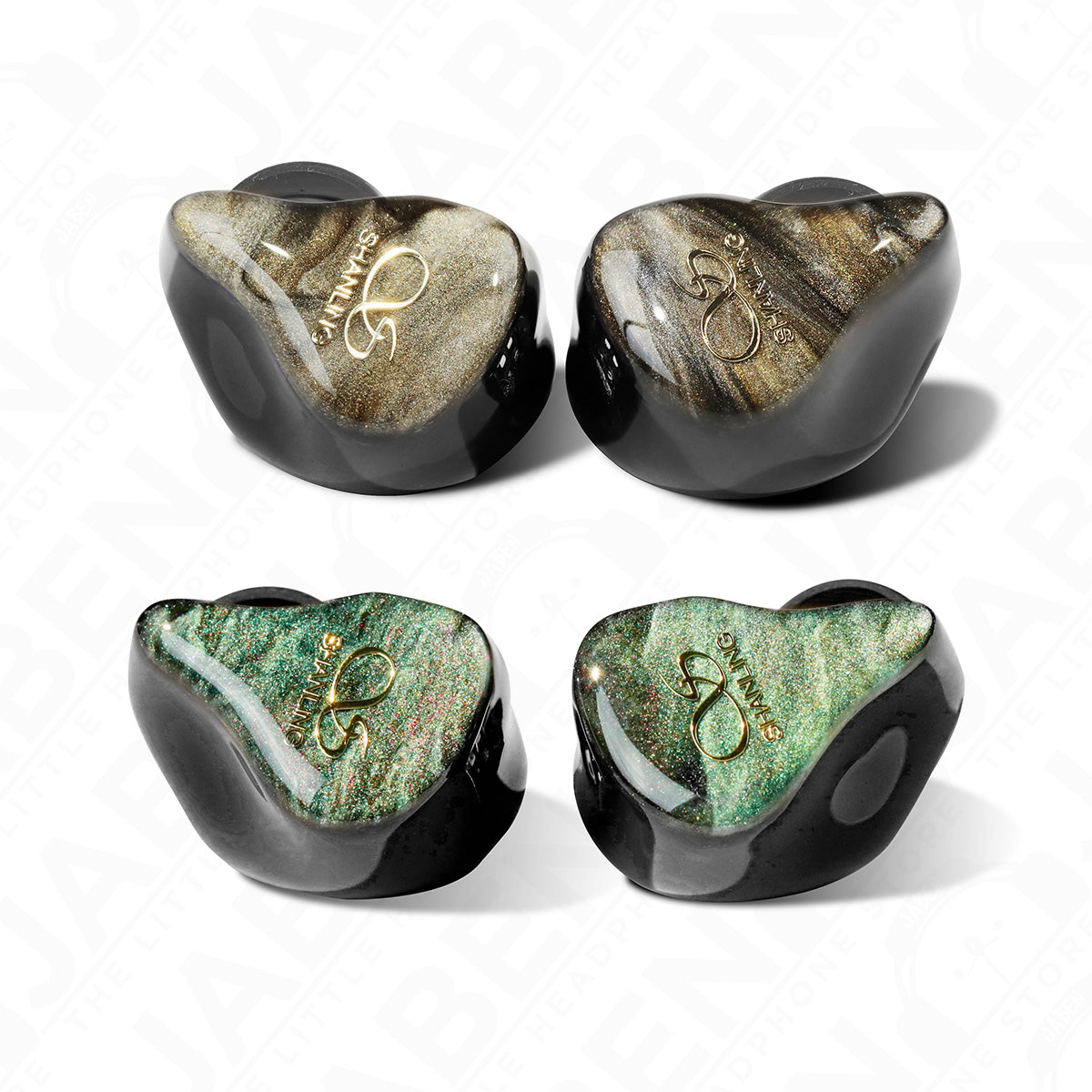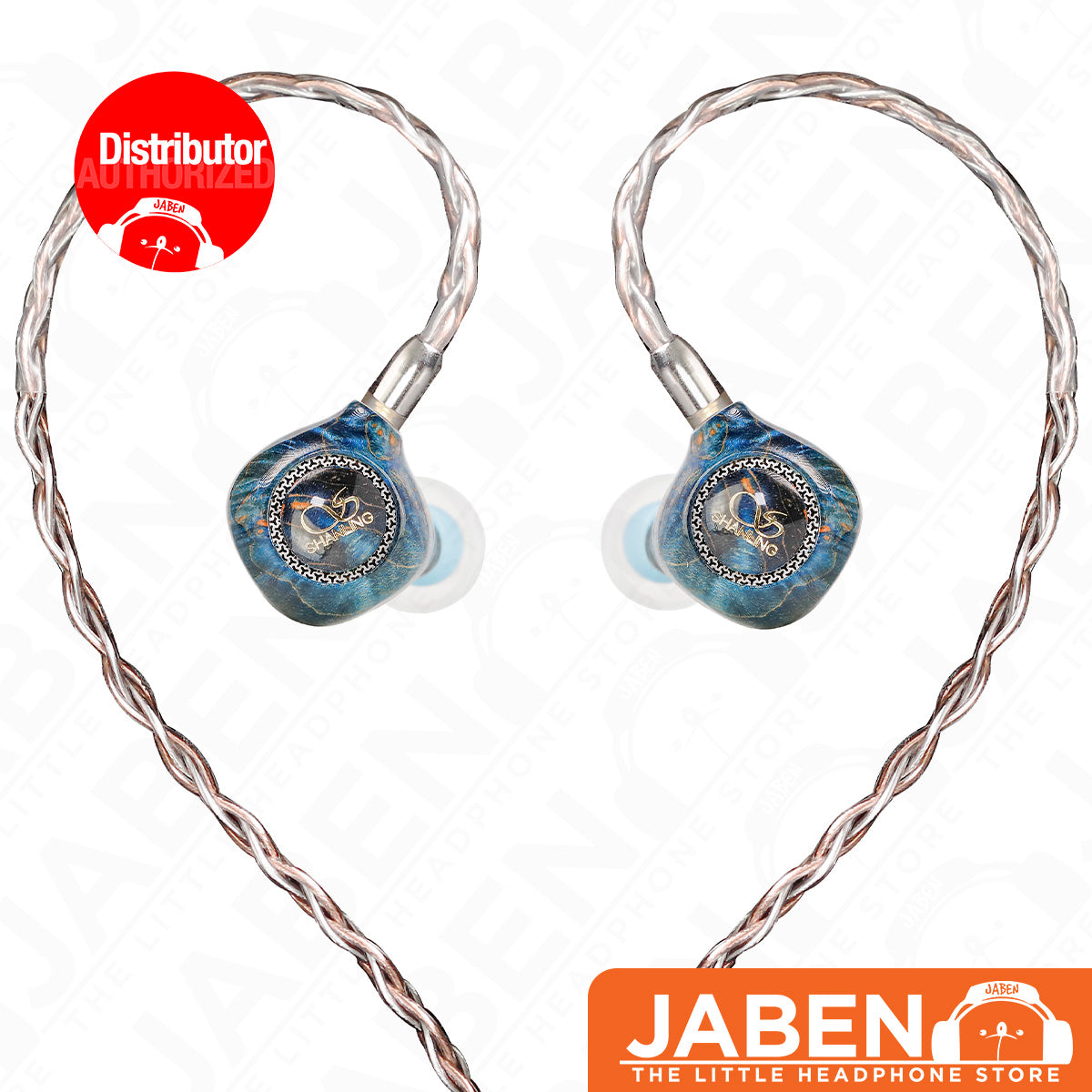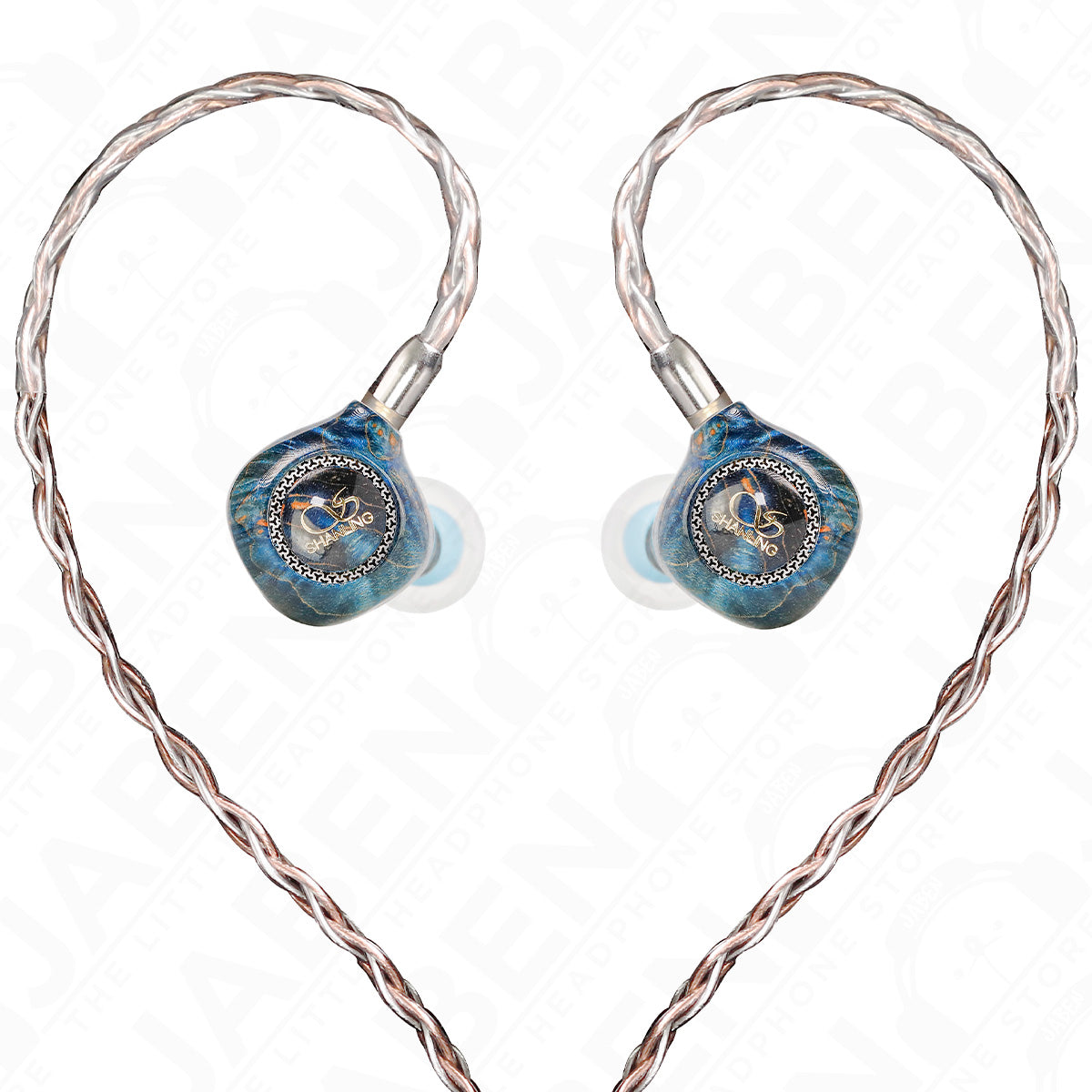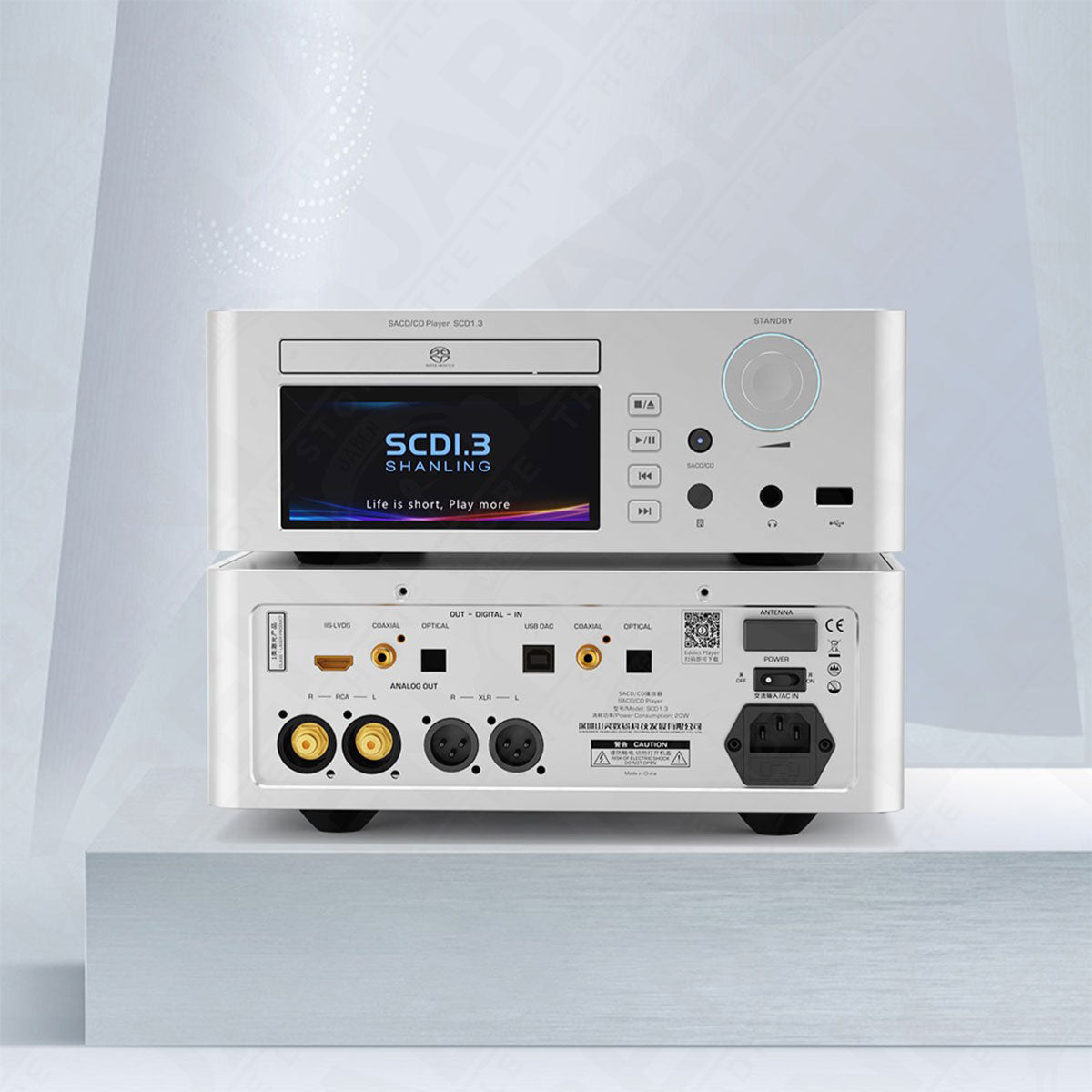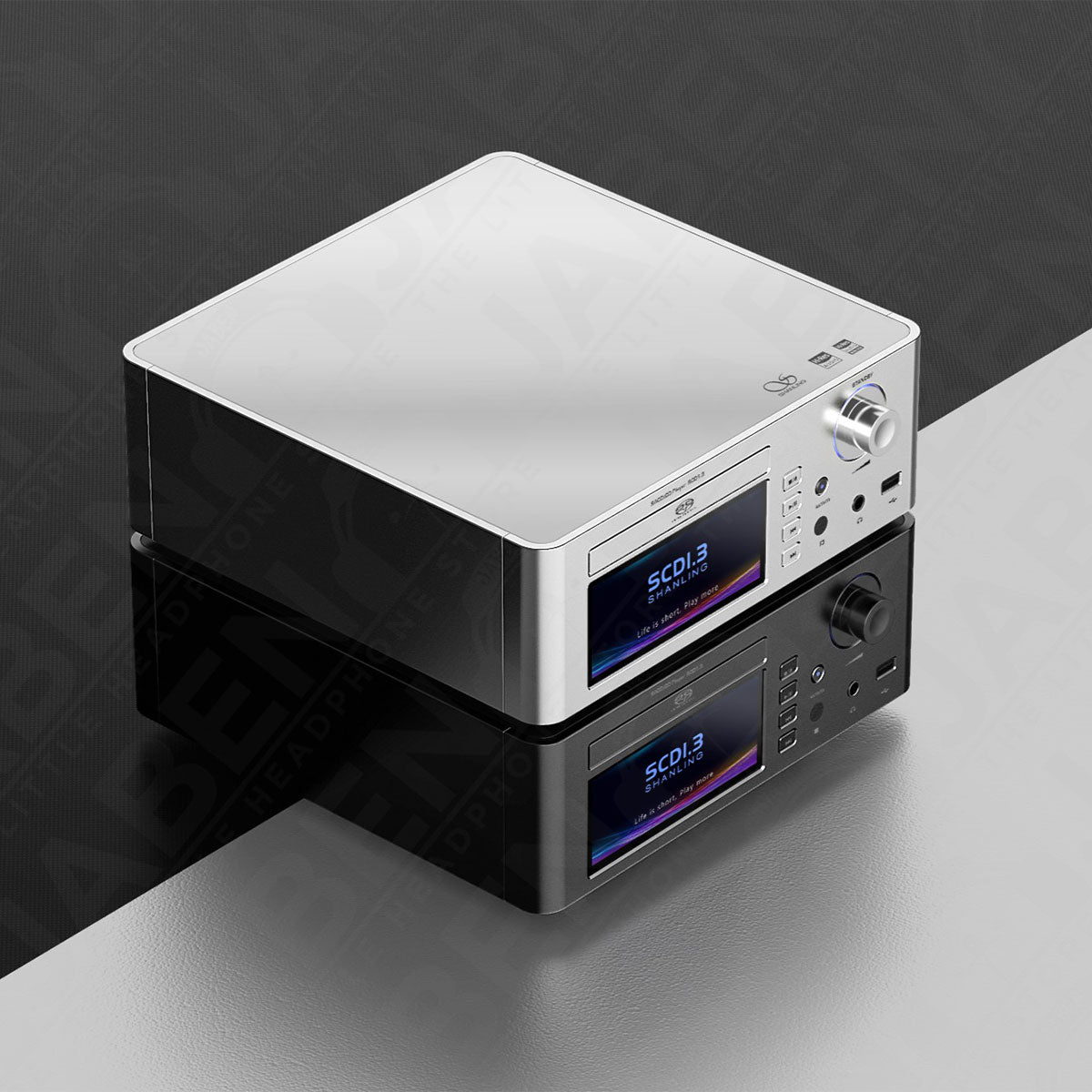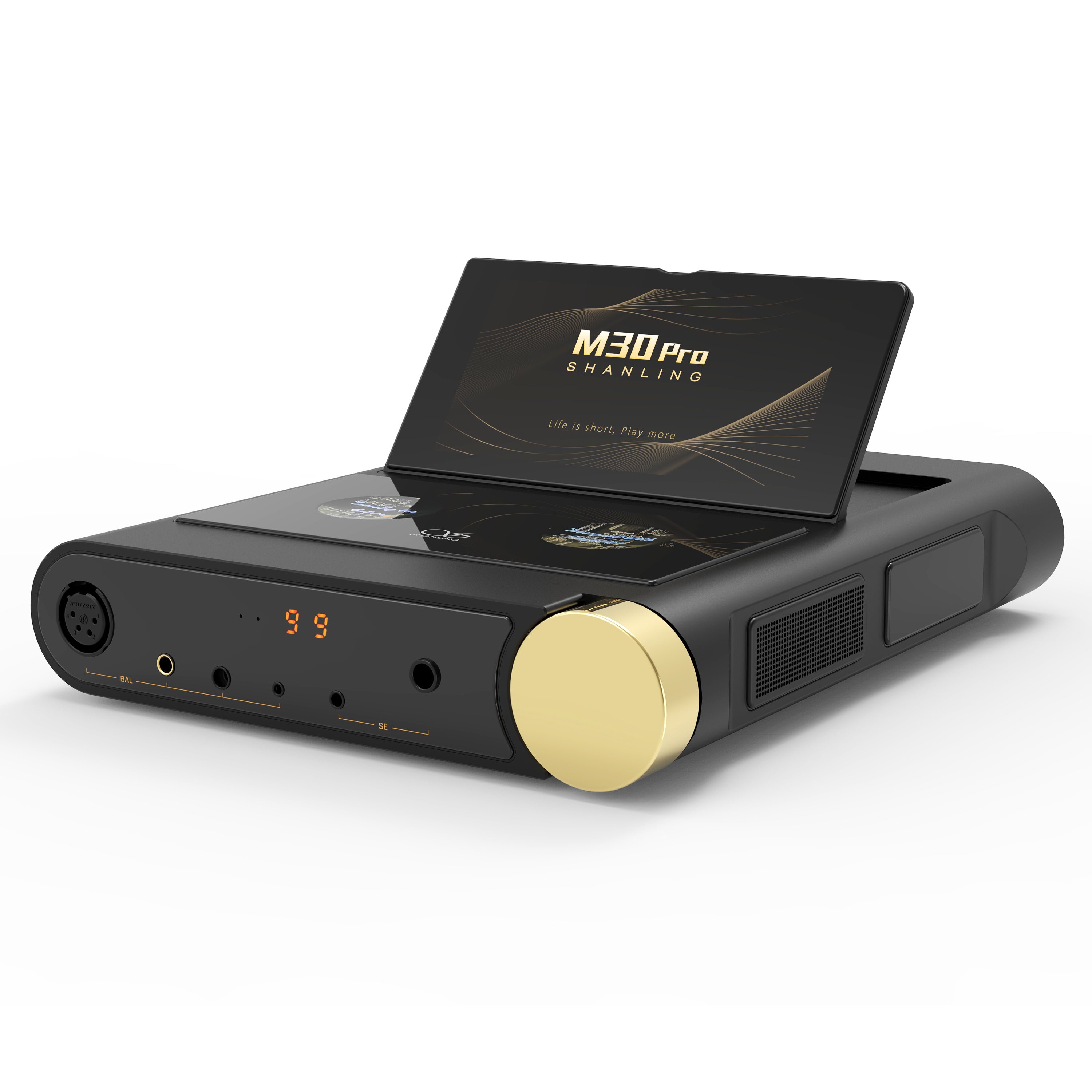
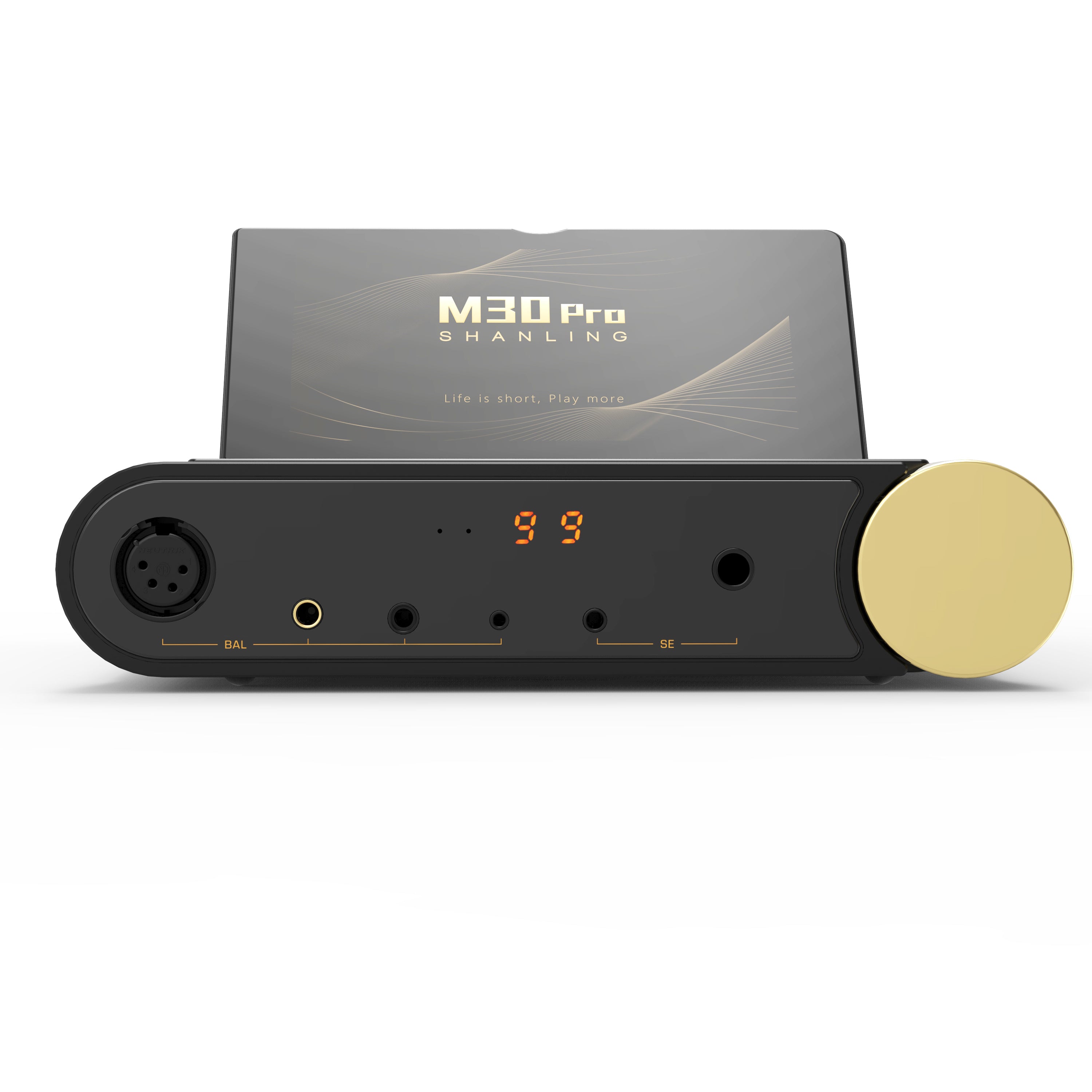
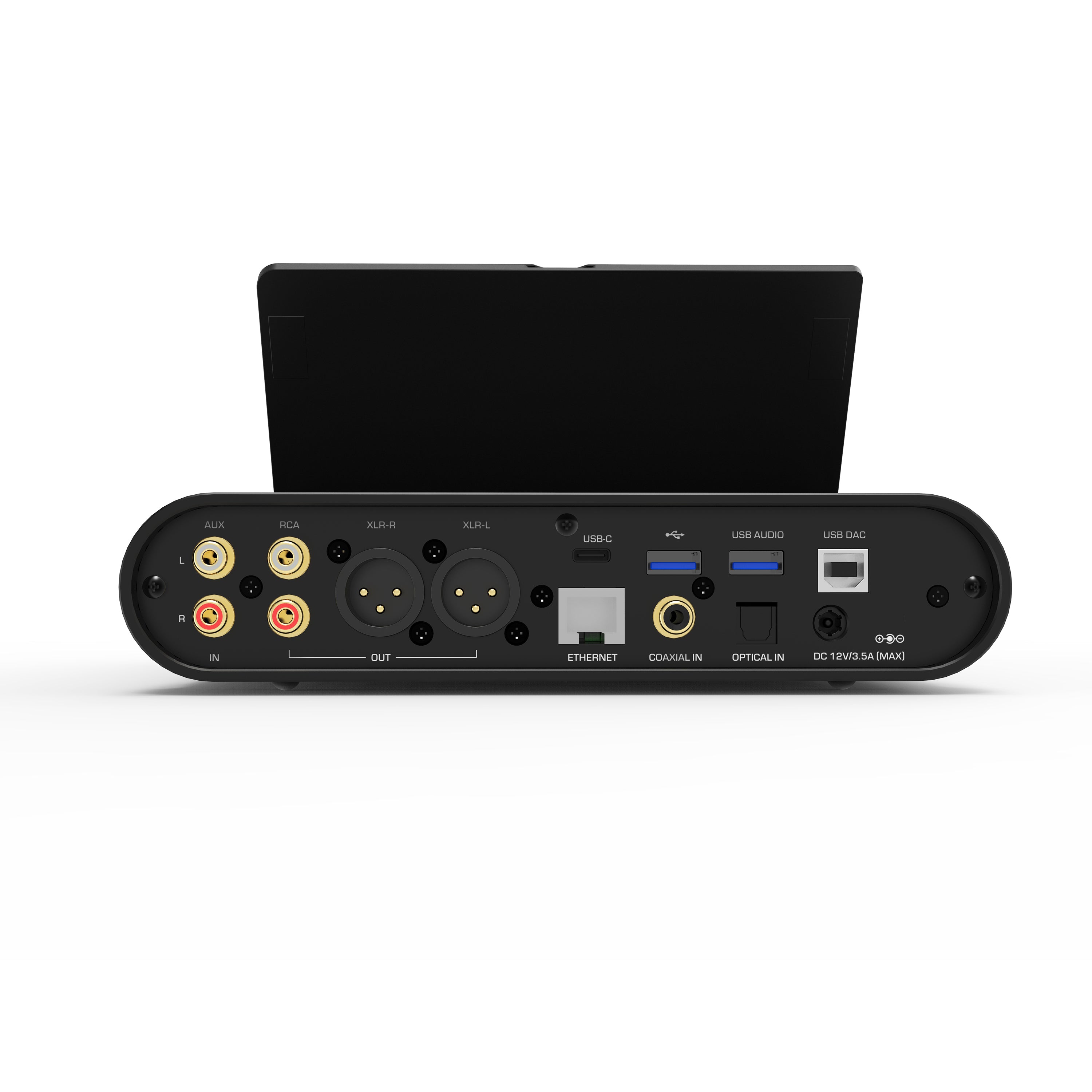
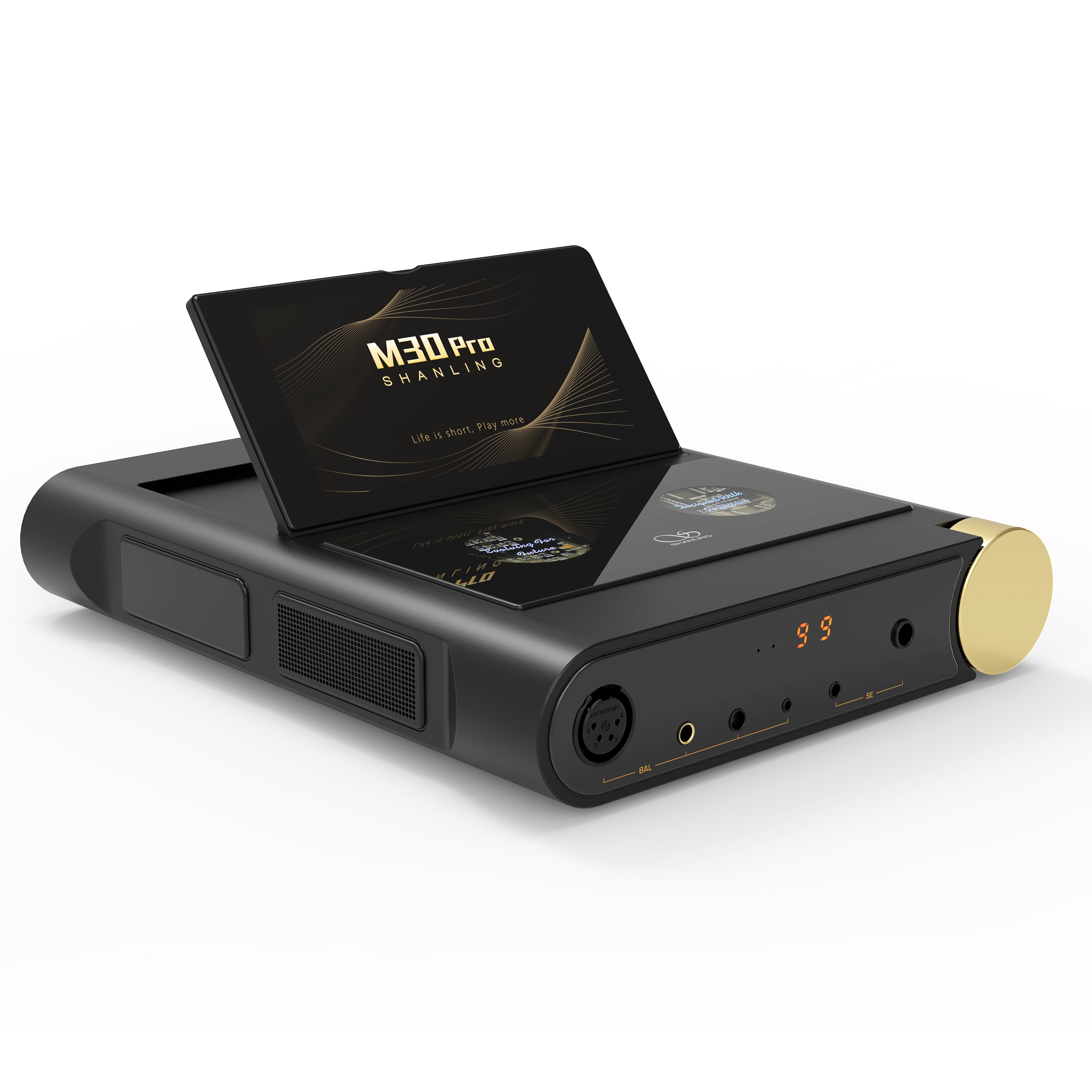
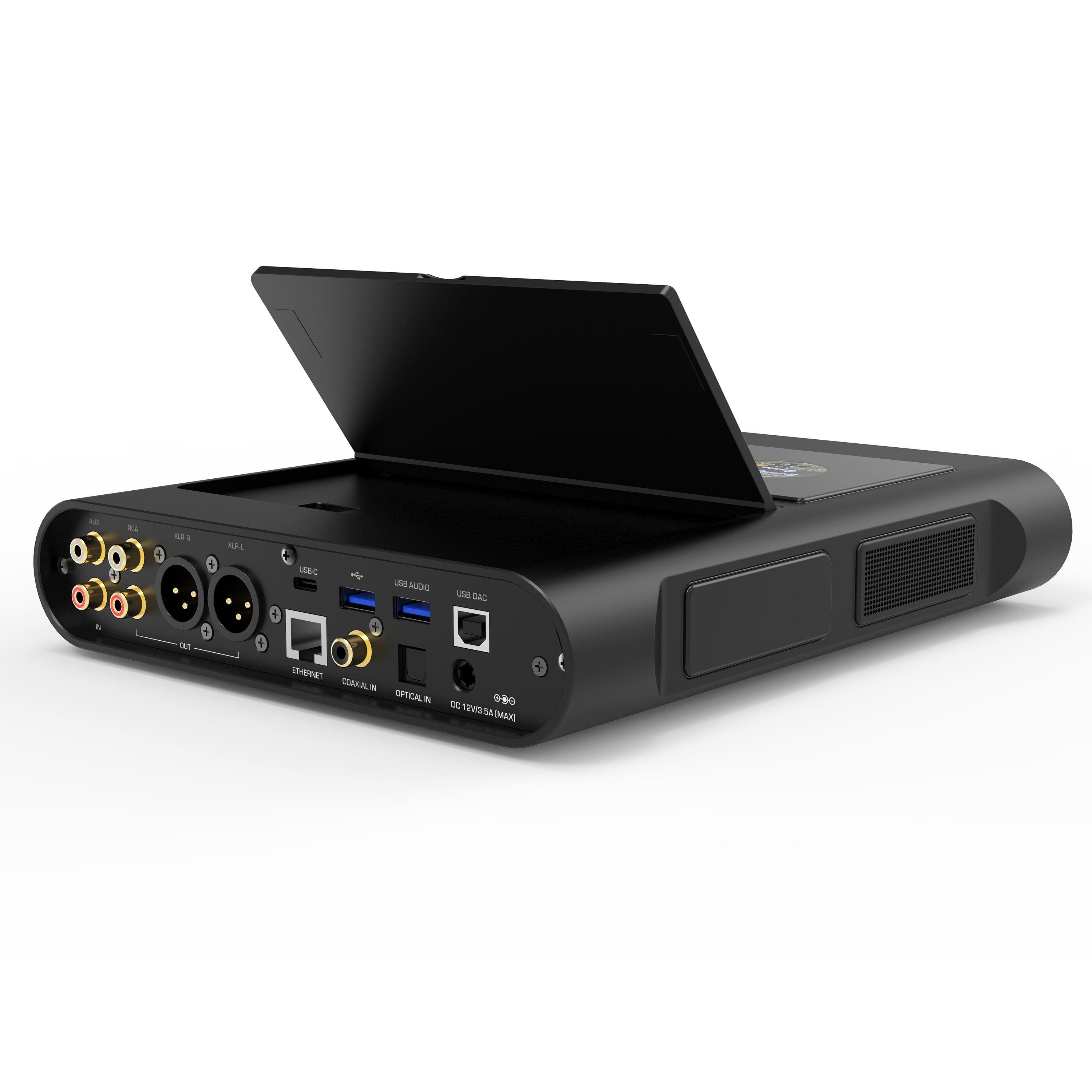
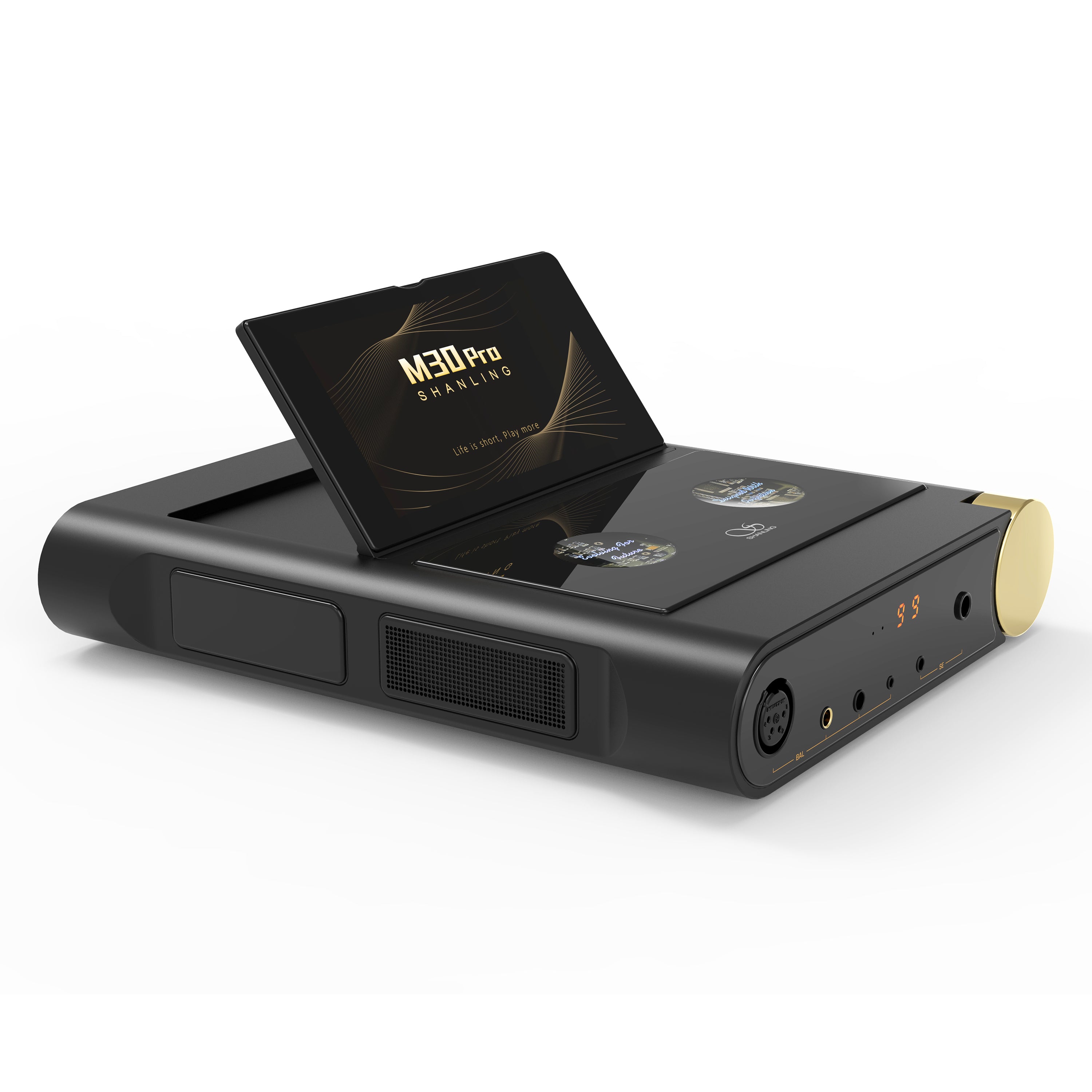
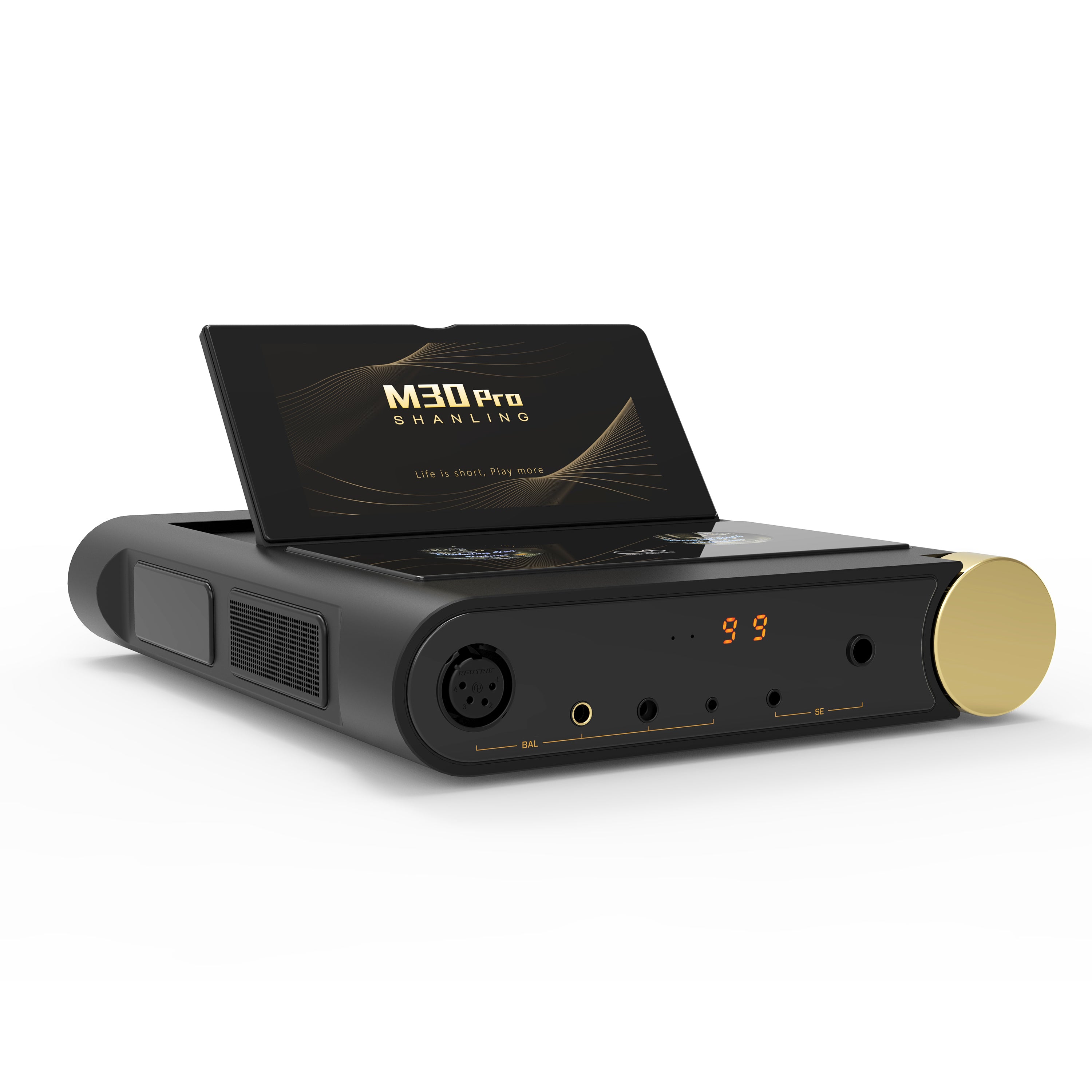
Shanling M30 Pro
What is "Warranty Shipping: Pay-Per-Claim"?
Tax excluded. Shipping calculated at checkout
Pickup available at Jaben @ The Adelphi
Usually ready in 24 hours

Shanling M30 Pro
Pay-per-claim
Jaben @ The Adelphi
1 Coleman St, #01-25
The Adelphi
Singapore 179803
Singapore

Shanling M30 Pro
Sale price$5,411.93 SGD
Regular price$6,944.04 SGD (/)

Shanling M30 Pro
Sale priceFrom $5,411.93 SGD
Regular price$6,944.04 SGD
Features
Specifications
What You Are Getting
More From Shanling
Shanling
Shanling C7
Sale price$63.55 SGD
On-OrderSave $27.52 SGD
Shanling
Shanling CA80
Sale price$733.03 SGD
Regular price$760.55 SGD
On-Order
On-Order
On-OrderSave $9.17 SGD
Shanling
Shanling CD80
Sale price$494.50 SGD
Regular price$503.67 SGD
On-Order
Shanling
Shanling EC Mini Bag
Sale price$35.78 SGD
Regular price$44.95 SGD
Shanling
SHANLING EC SMART
Sale price$210.09 SGD
Shanling
Shanling EC3
Sale price$797.25 SGD
Regular price$861.47 SGD
Shanling
Shanling H2 Leather Case
Sale price$35.78 SGD
Shanling
Shanling H5
Sale priceFrom $384.40 SGD
Regular price$522.02 SGD
Shanling
Shanling H5 Leather Case
Sale price$35.78 SGD
Shanling
Shanling H7 Leather Case
Sale price$35.78 SGD
Regular price$44.95 SGD
Shanling
Shanling JET1
Sale price$705.50 SGD
Shanling
Shanling L3 C-to-C
Sale price$26.61 SGD
Shanling
Shanling L3 C-to-Lightning
Sale price$26.61 SGD
Shanling
Shanling L7
Sale price$17.43 SGD
Shanling
Shanling L8
Sale price$44.95 SGD
Shanling
Shanling M0 Pro Balanced adapter
Sale price$17.43 SGD
Shanling
Shanling M0 Pro Clip Case
Sale price$13.76 SGD
Regular price$17.43 SGD
Shanling
Shanling M0 Pro Leather Case
Sale price$13.76 SGD
Regular price$17.43 SGD
Shanling
Shanling M3 Ultra Leather Case
Sale price$35.78 SGD
Regular price$44.95 SGD
On-OrderOn sale
Shanling
Shanling M30 / M30 Pro Module
Sale priceFrom $733.03 SGD
Regular price$843.12 SGD
Shanling
Shanling M30 Pro
Sale priceFrom $5,411.93 SGD
Regular price$6,944.04 SGD
Shanling
Shanling M3X Leather Case
Sale price$35.78 SGD
Regular price$44.95 SGD
Shanling
Shanling M5 Ultra
Sale price$797.25 SGD
Shanling
Shanling M6 Leather Case
Sale price$54.13 SGD
Shanling
Shanling M6 Ultra Leather Case
Sale price$44.95 SGD
Regular price$54.13 SGD
Shanling
Shanling M7
Sale priceFrom $1,299.00 SGD
Regular price$1,751.38 SGD
Shanling
Shanling M7 Leather Case
Sale price$44.95 SGD
Regular price$54.13 SGD
Exclusive OfferOn sale
Shanling
Shanling M9 Plus
Sale priceFrom $3,044.95 SGD
Regular price$4,136.70 SGD
Shanling
Shanling ME500 Shine
Sale price$402.75 SGD
Regular price$494.50 SGD
Shanling
Shanling ME700 Lite
Sale priceFrom $457.80 SGD
Regular price$705.50 SGD
Shanling
Shanling ME900
Sale price$1,283.49 SGD
Regular price$1,485.32 SGD
Shanling
Shanling MG100
Sale price$210.09 SGD
Regular price$228.44 SGD
Shanling
Shanling MG600
Sale priceFrom $641.28 SGD
Regular price$843.12 SGD
Shanling
Shanling MG800
Sale priceFrom $806.42 SGD
Regular price$1,109.17 SGD
Pre-Order


